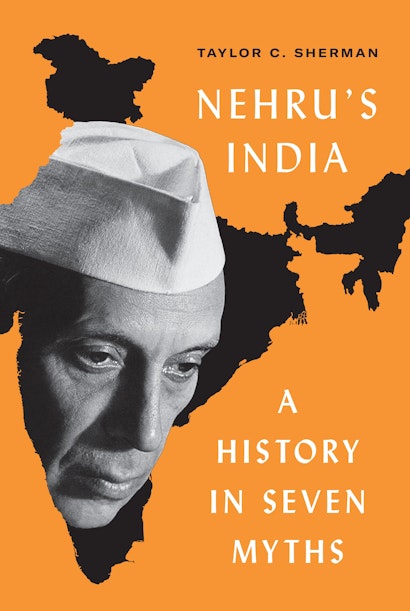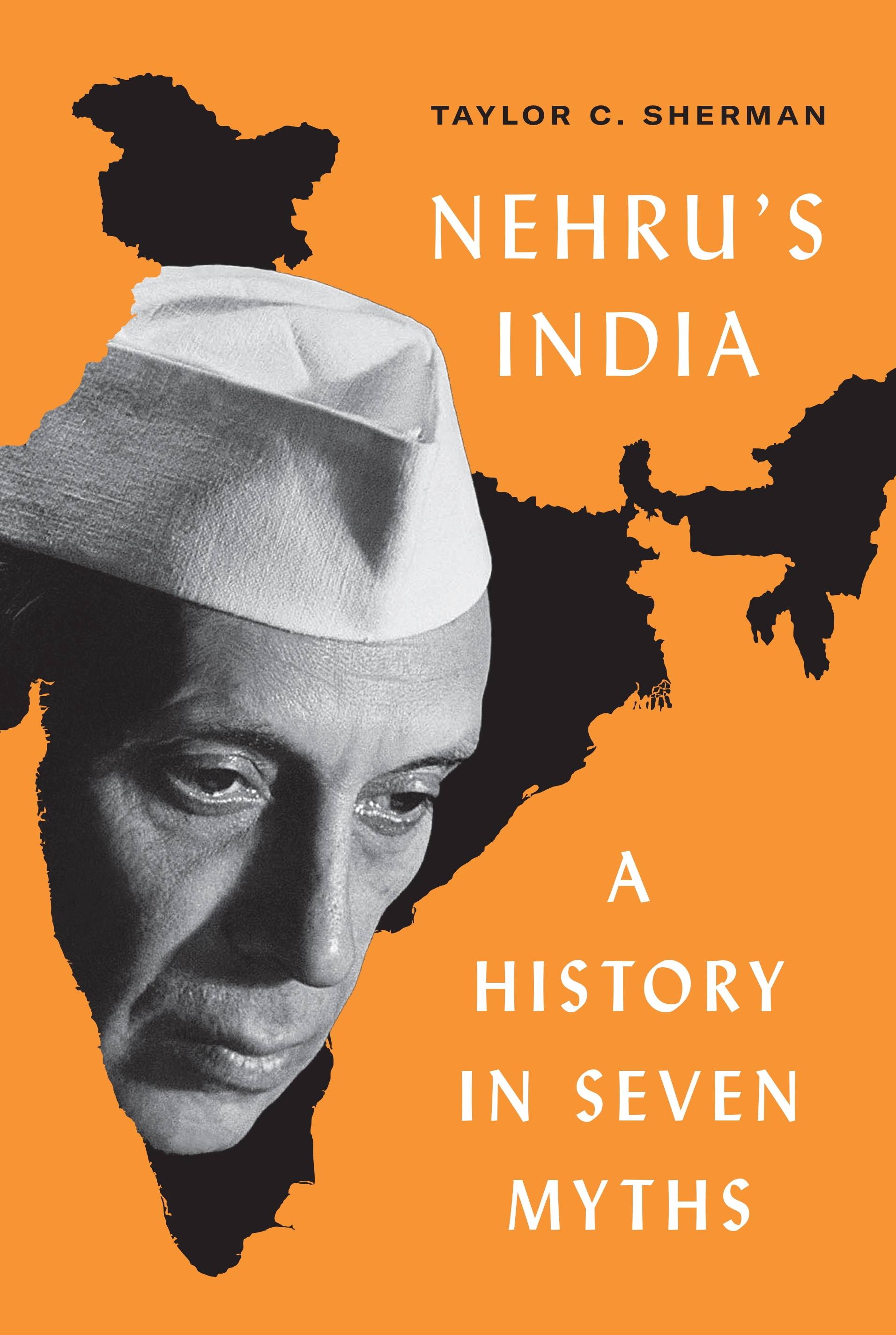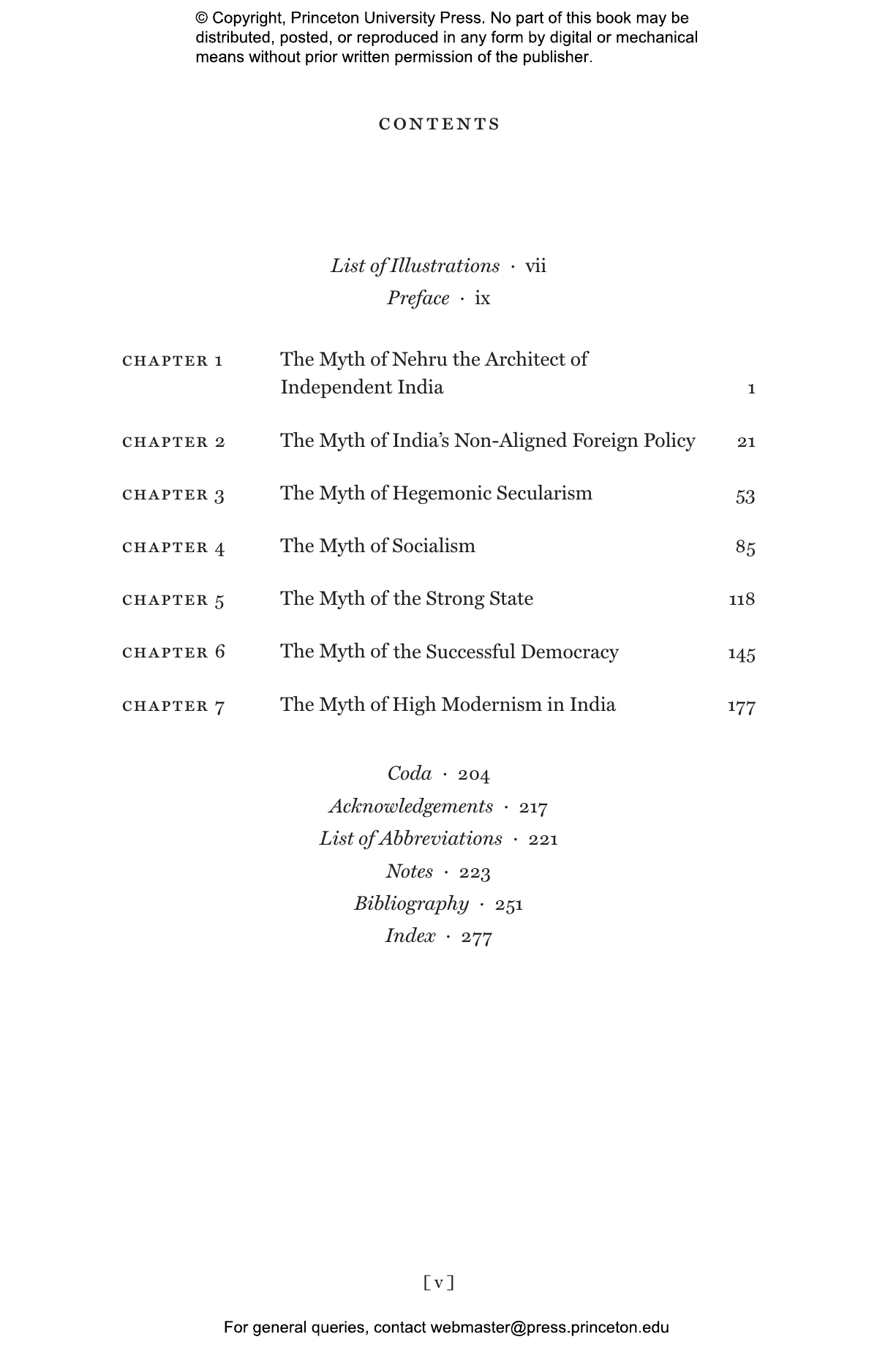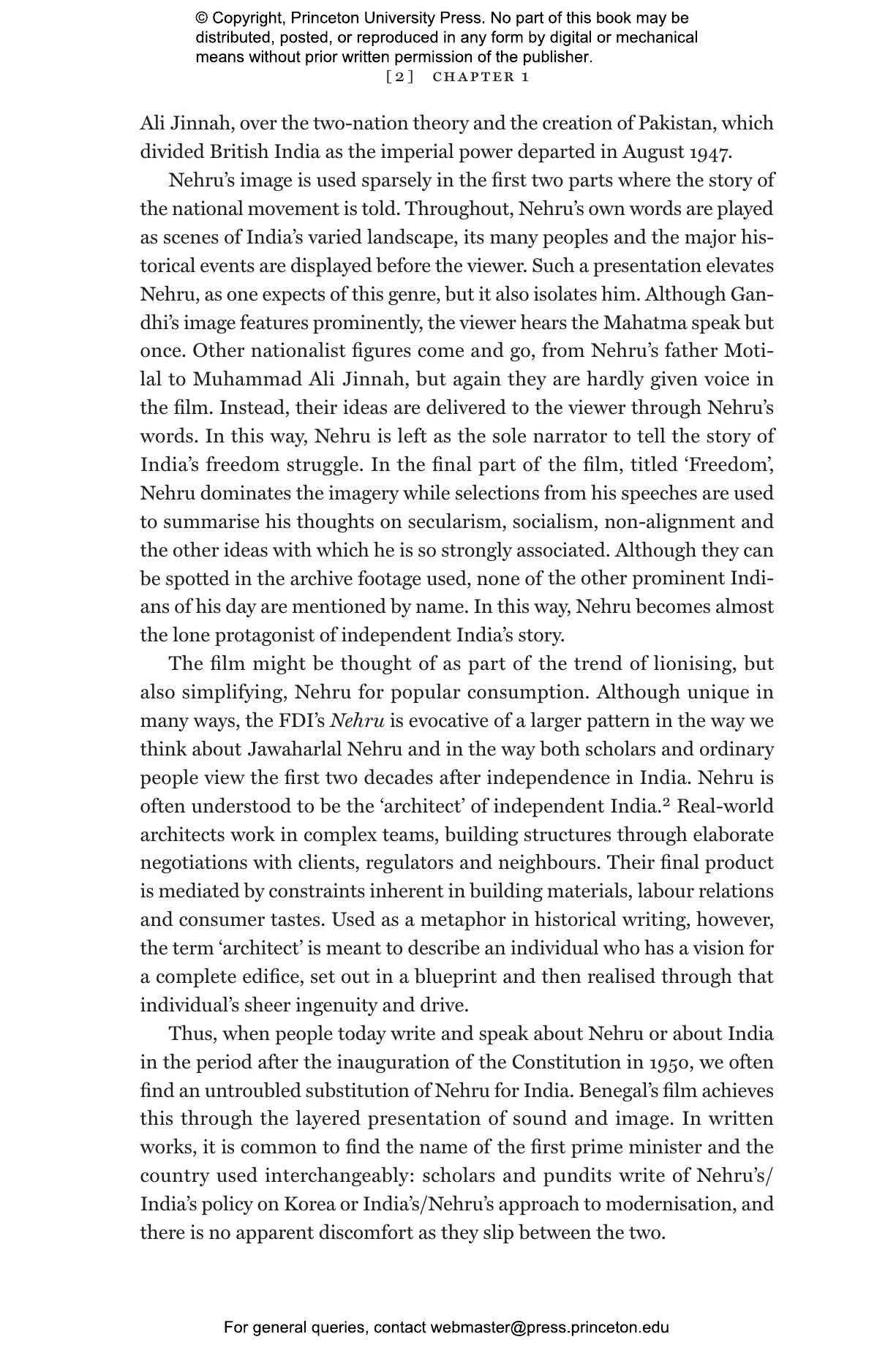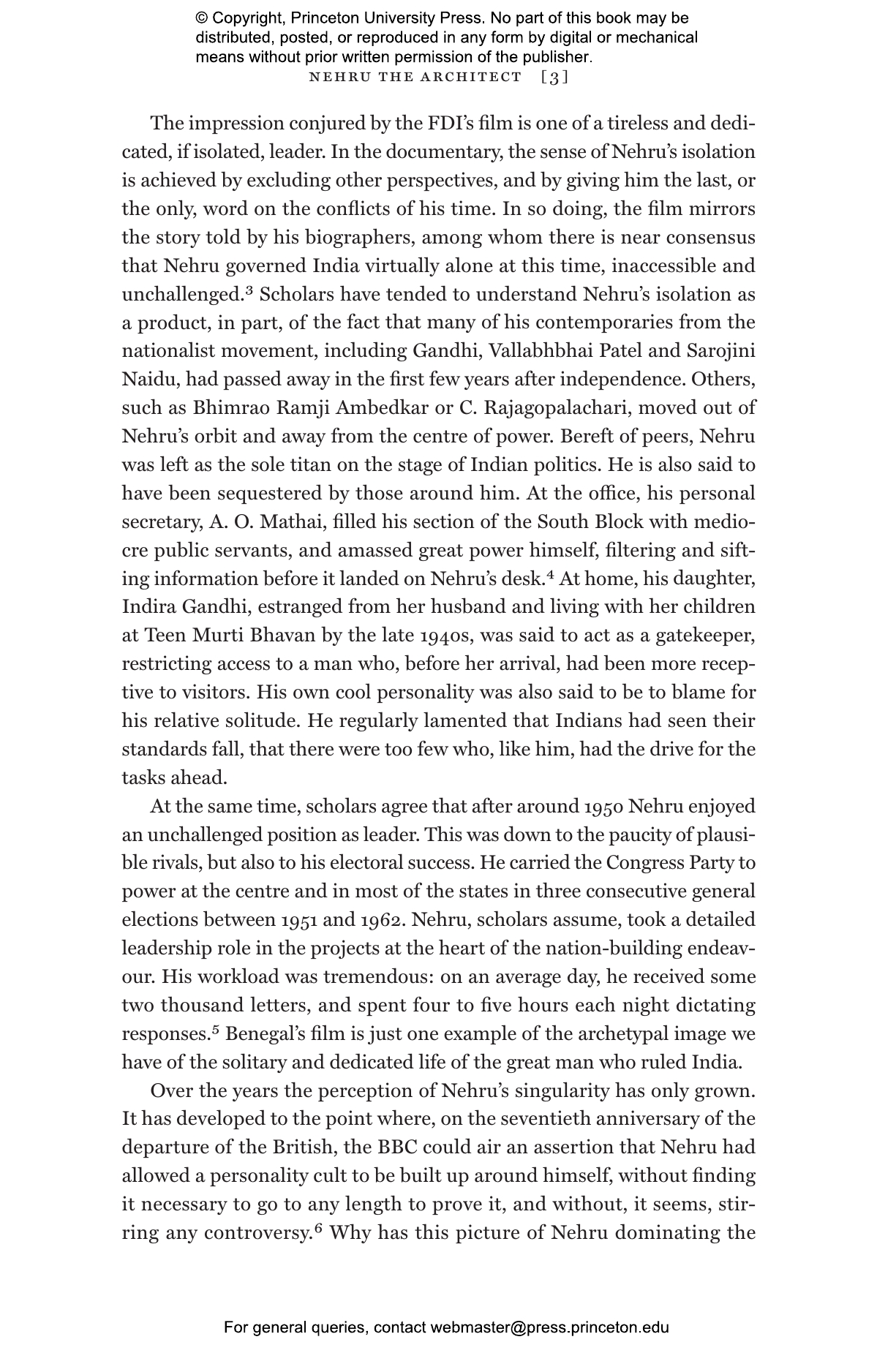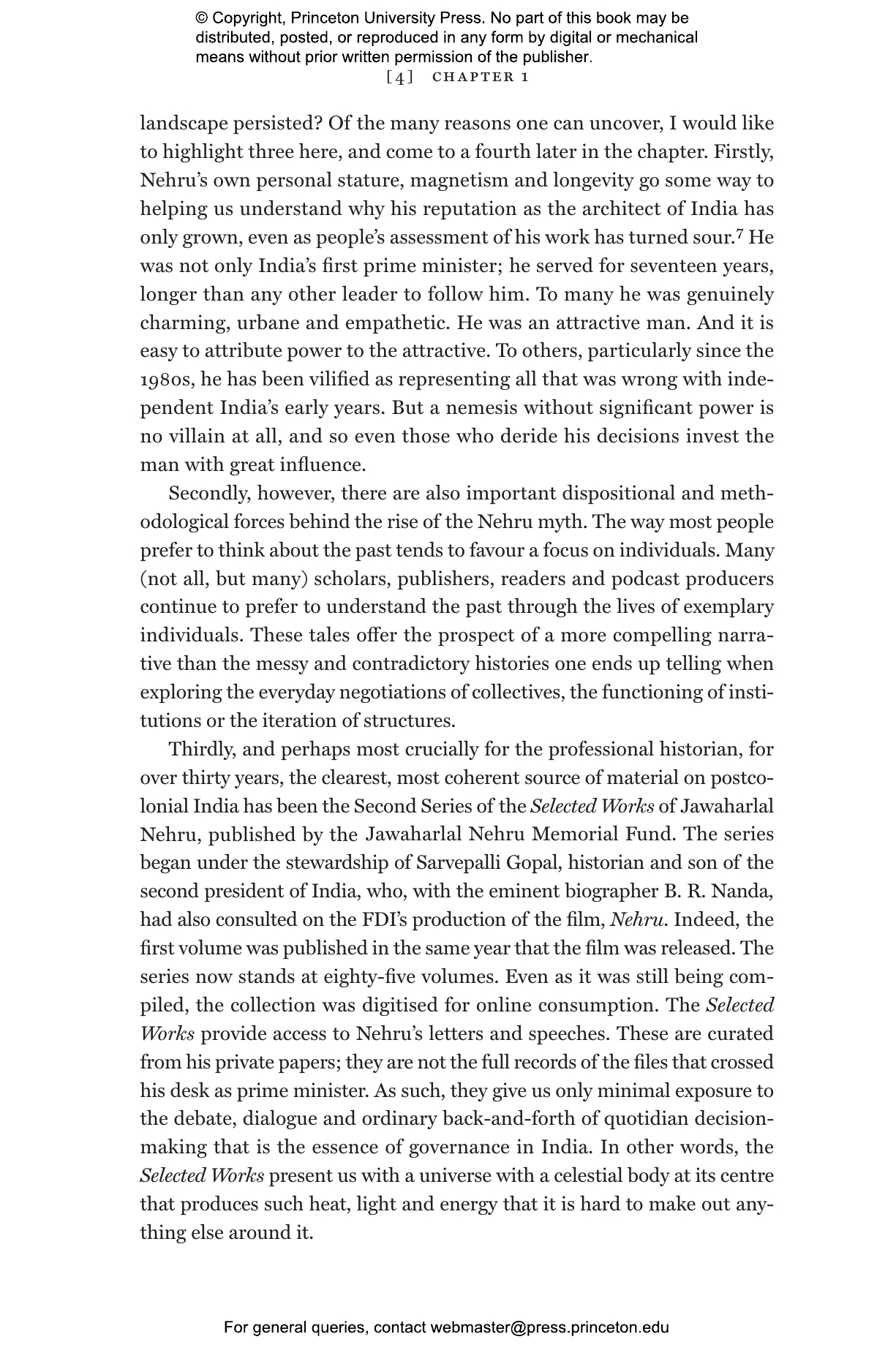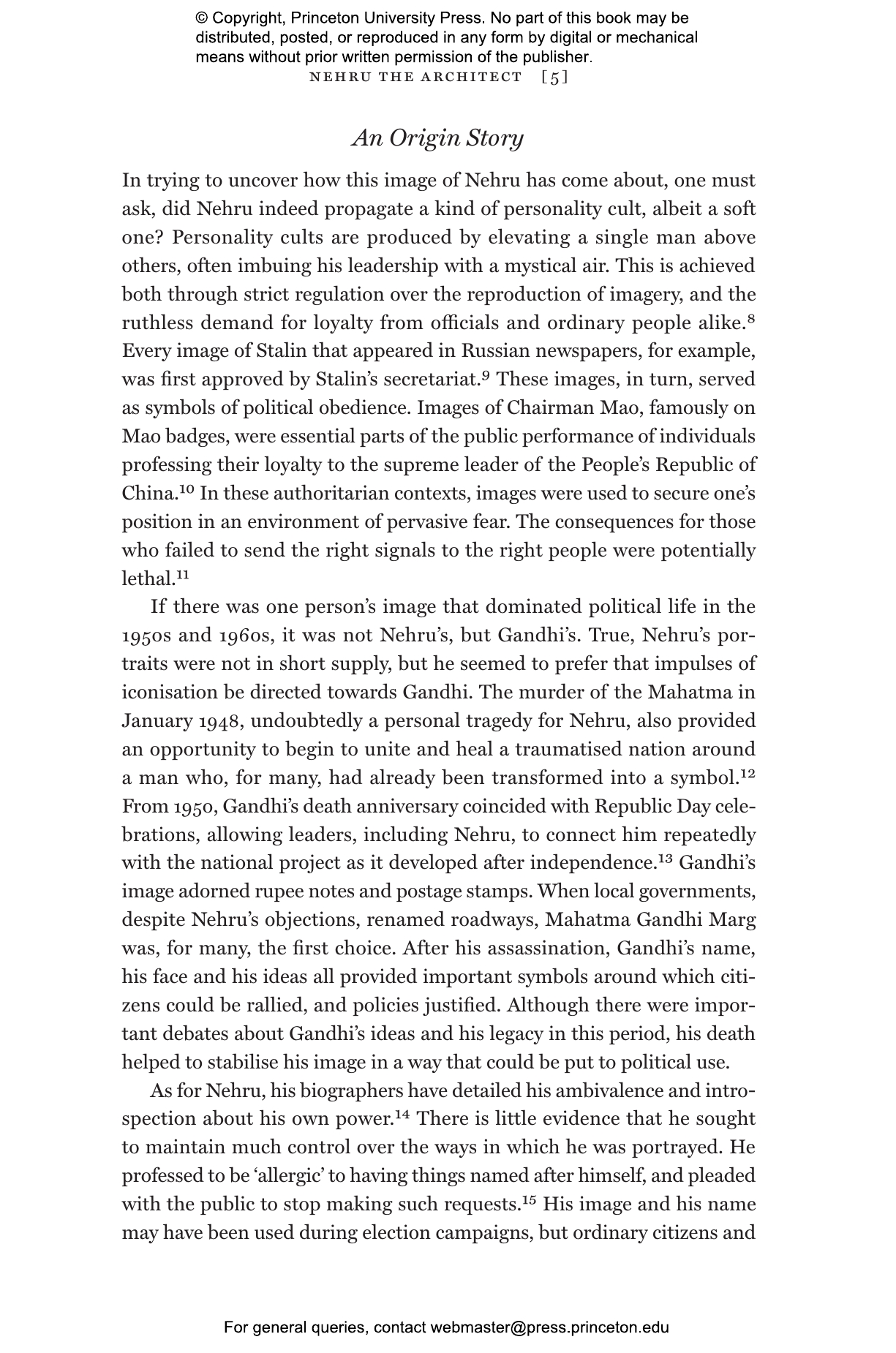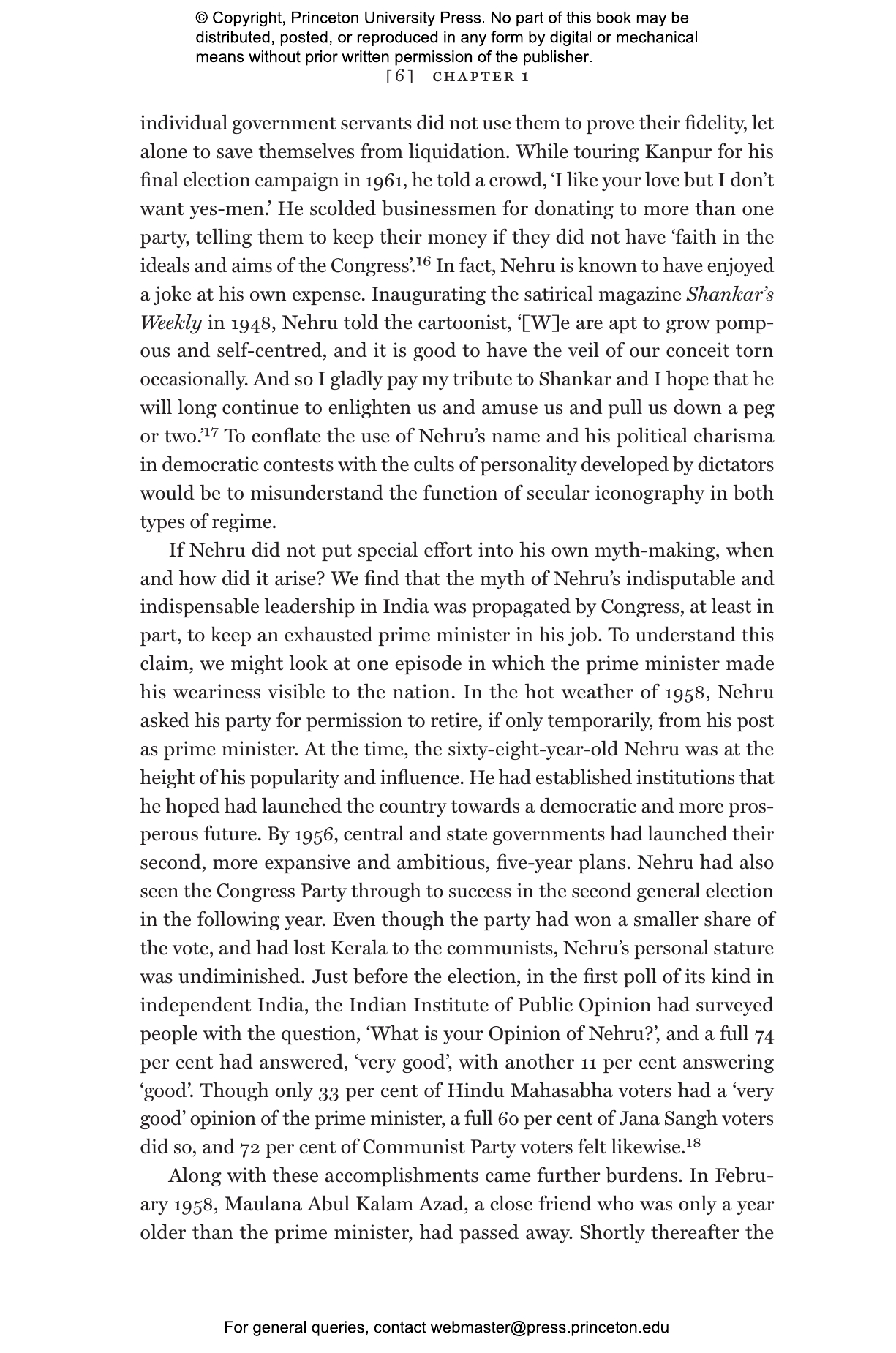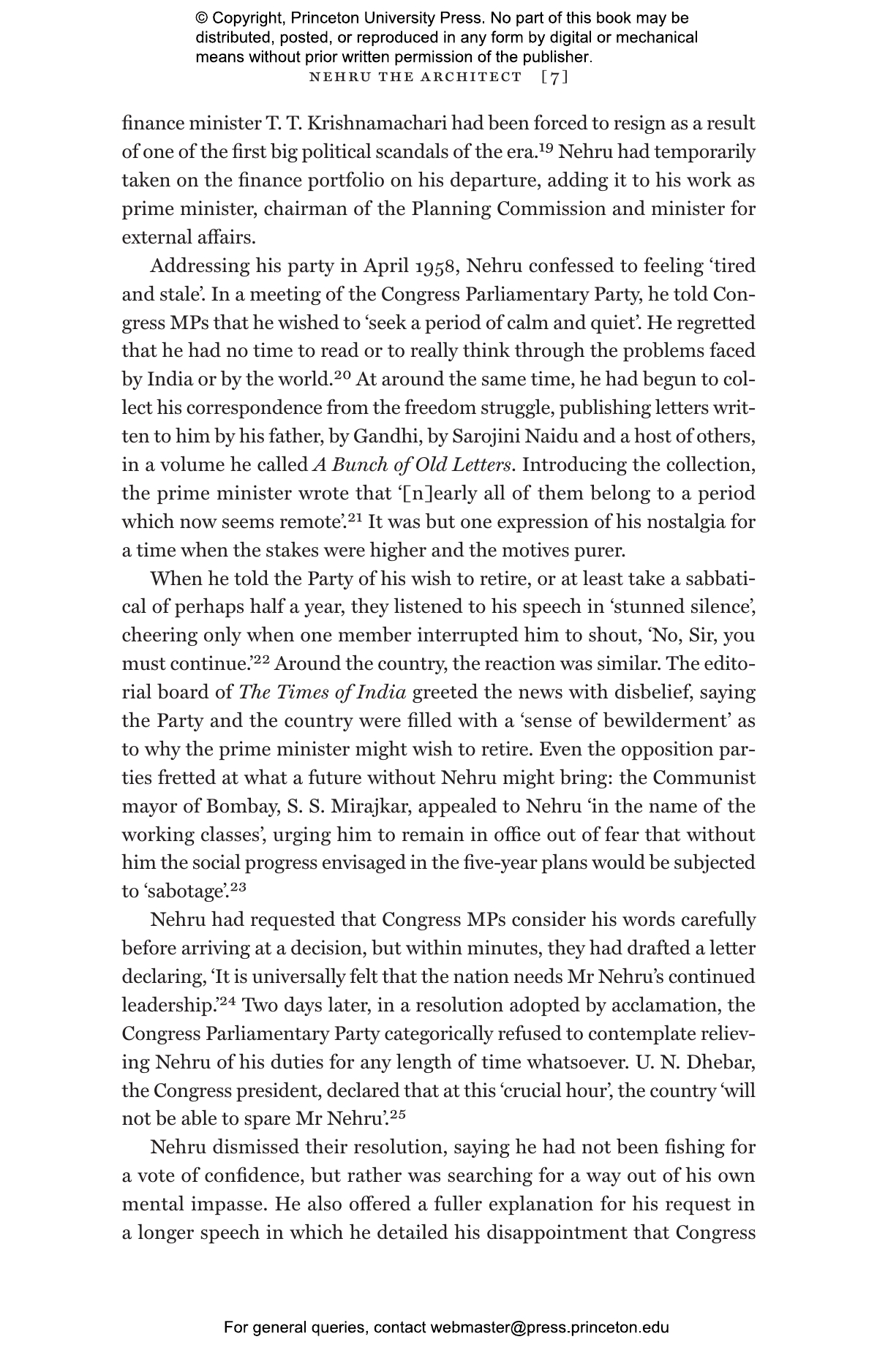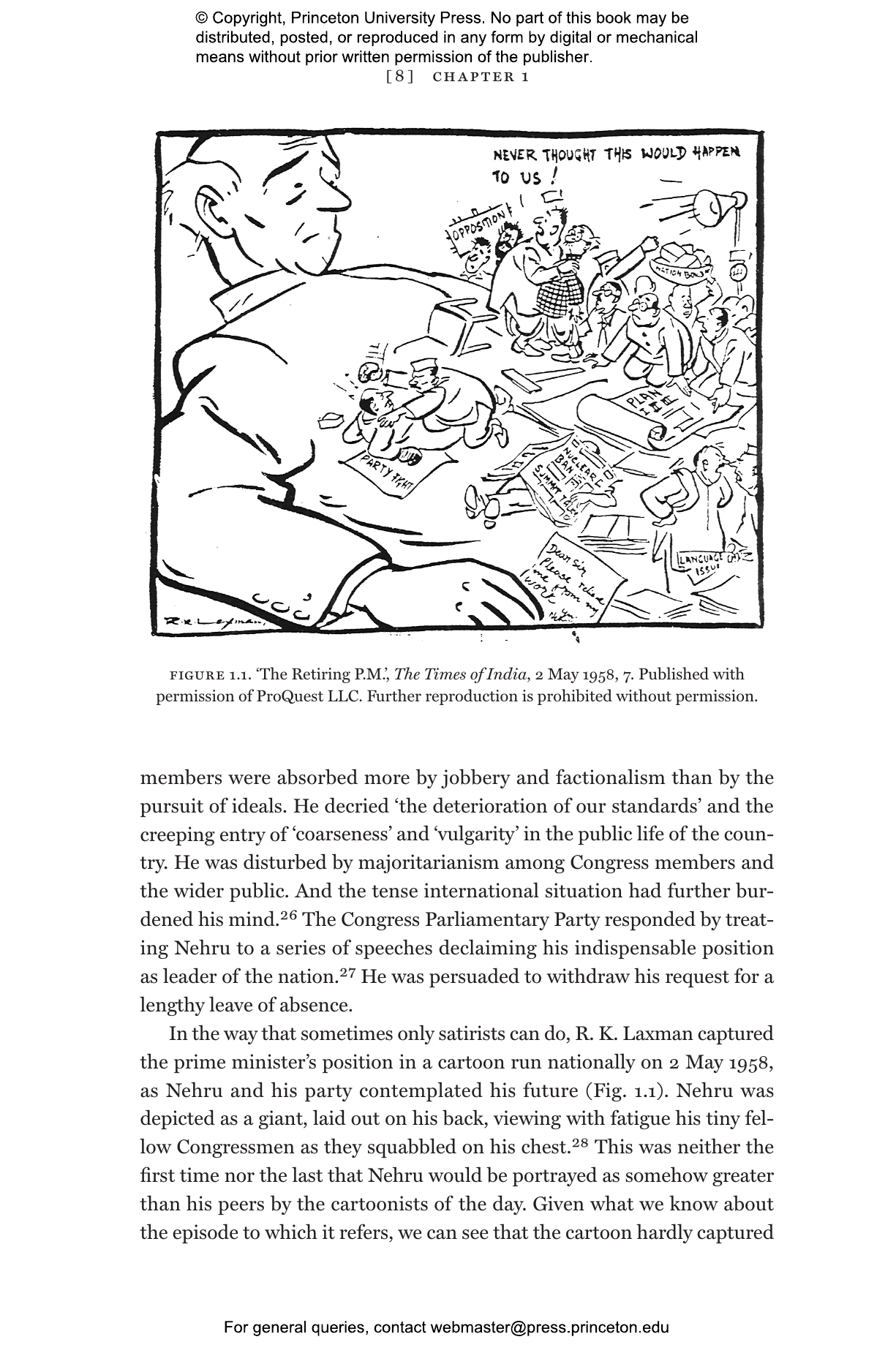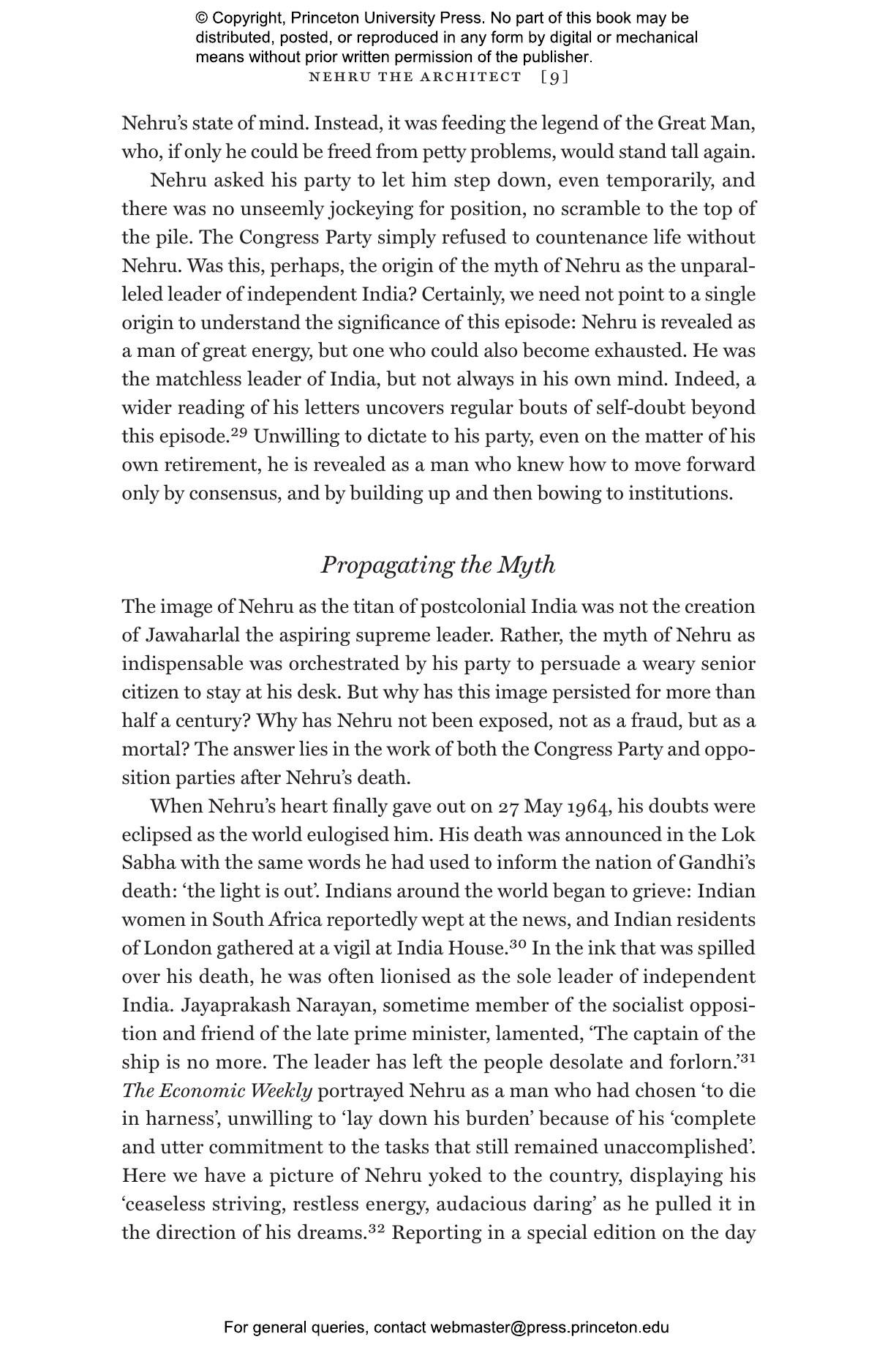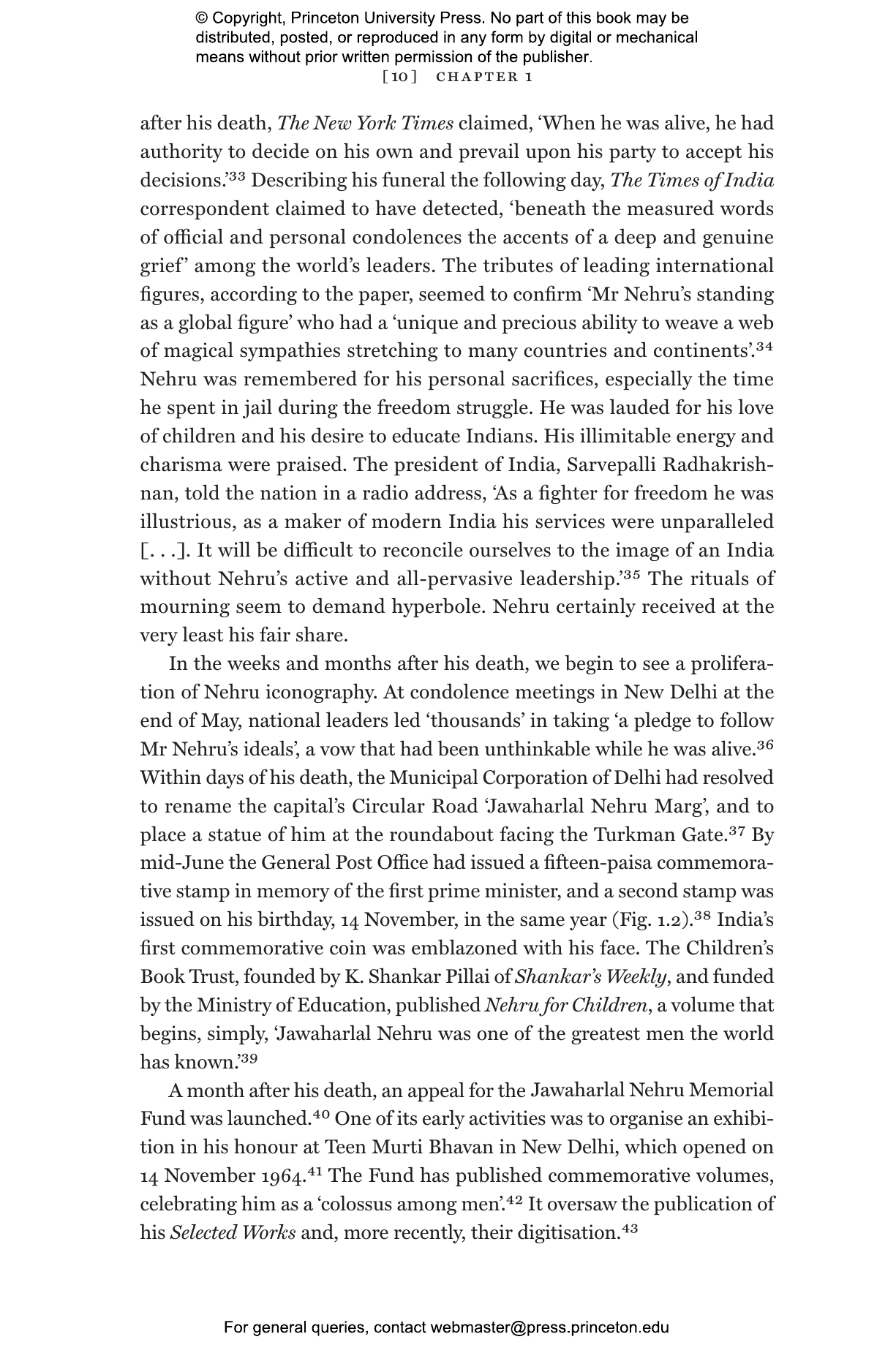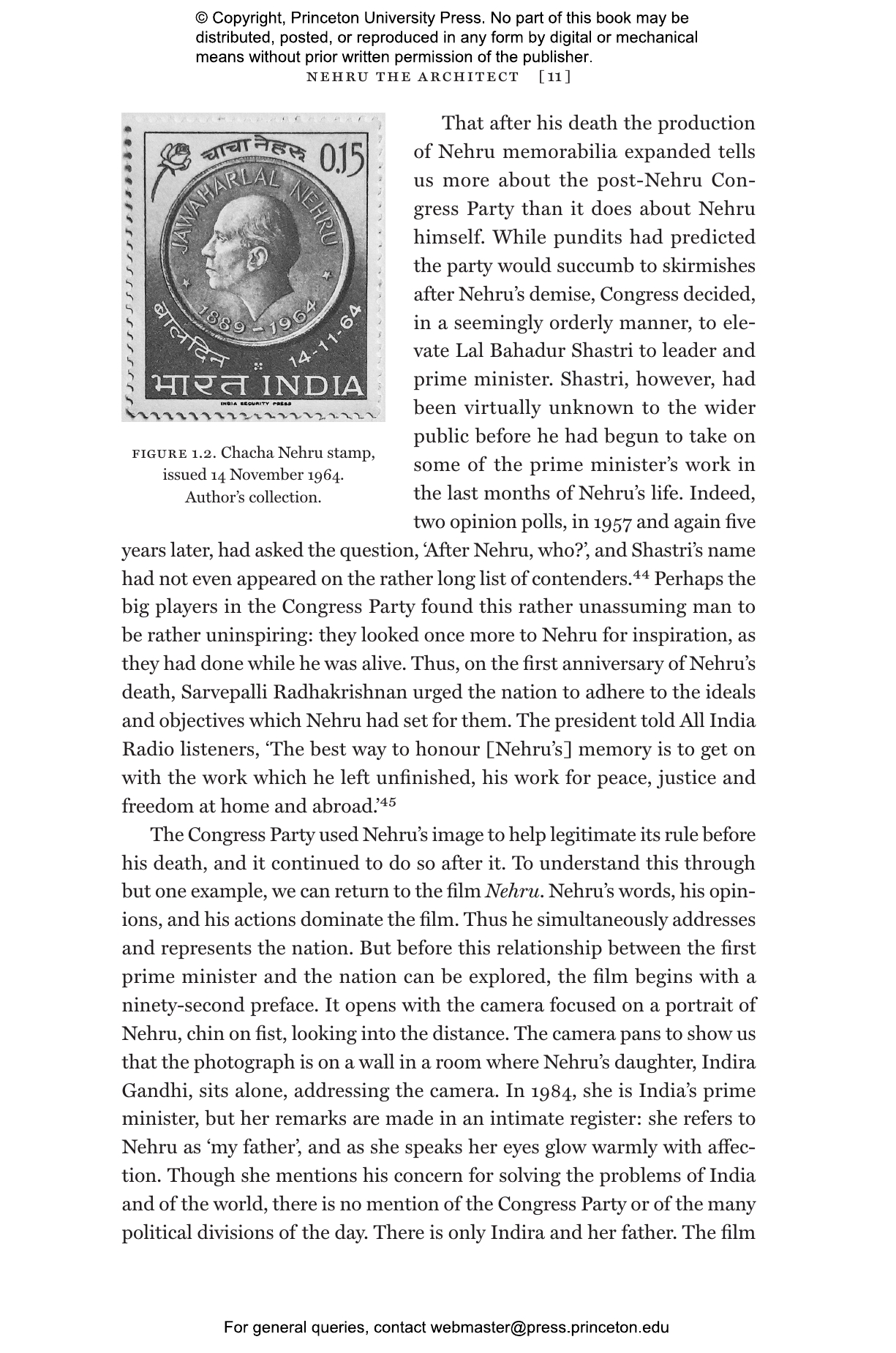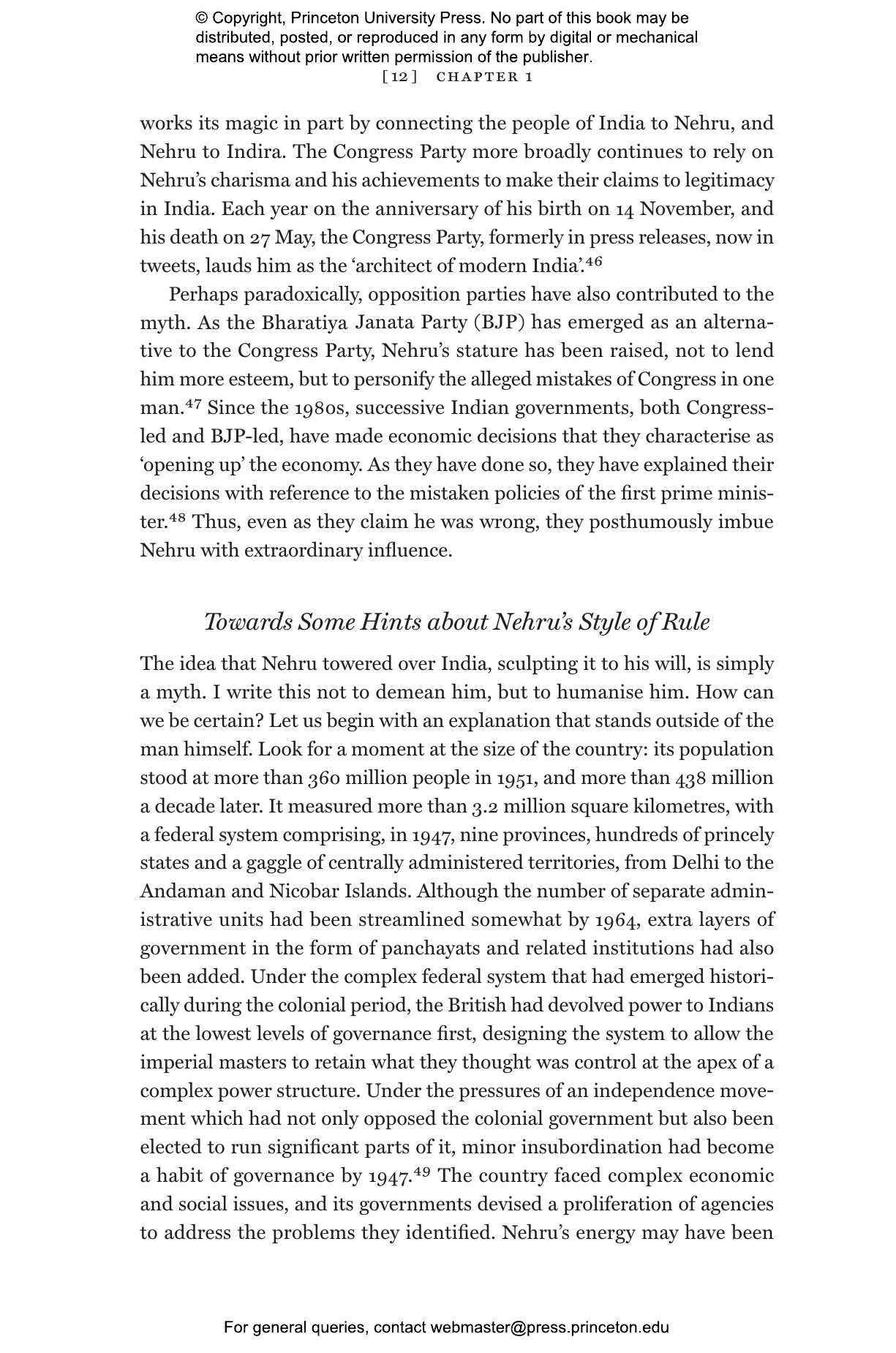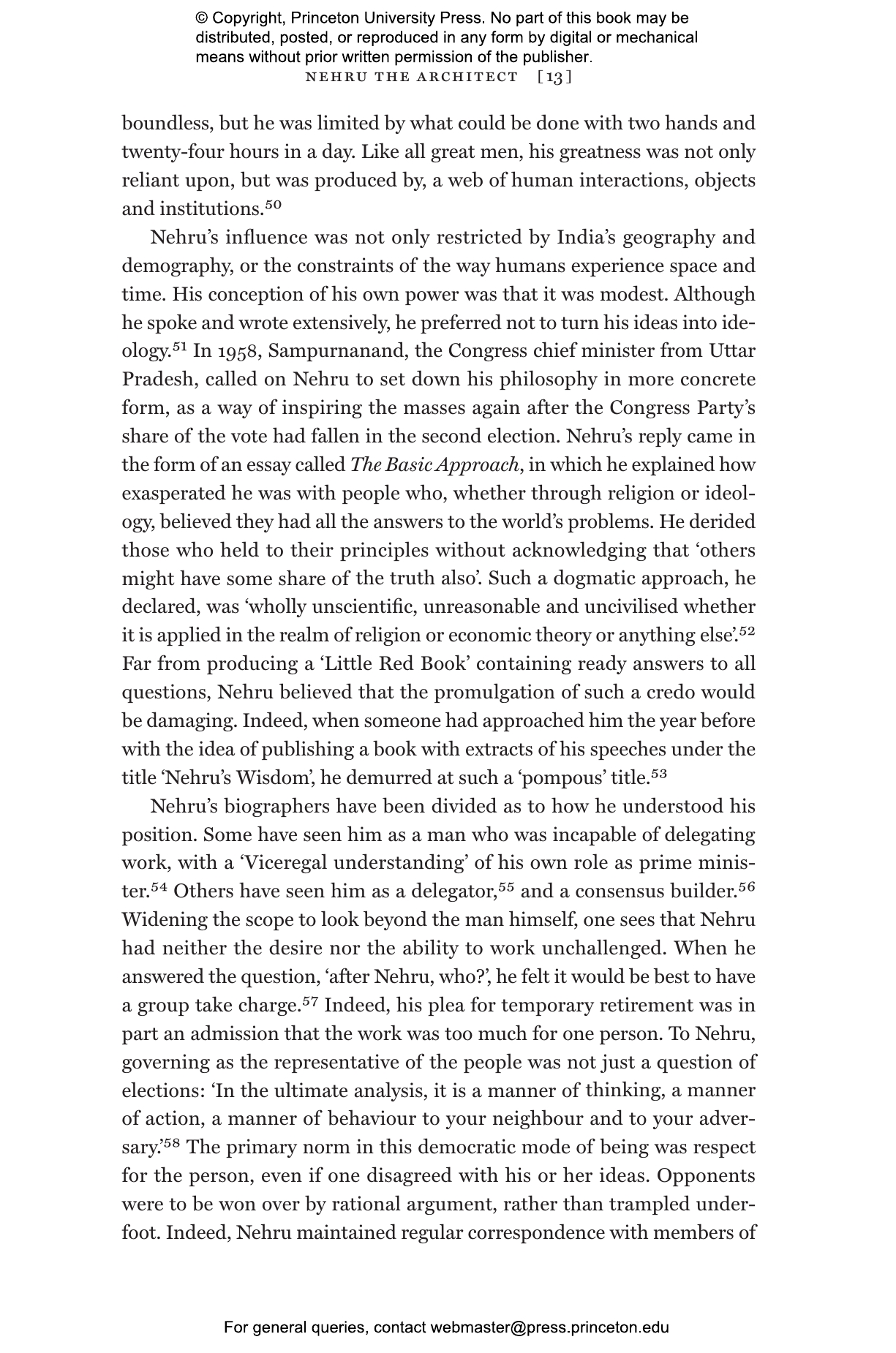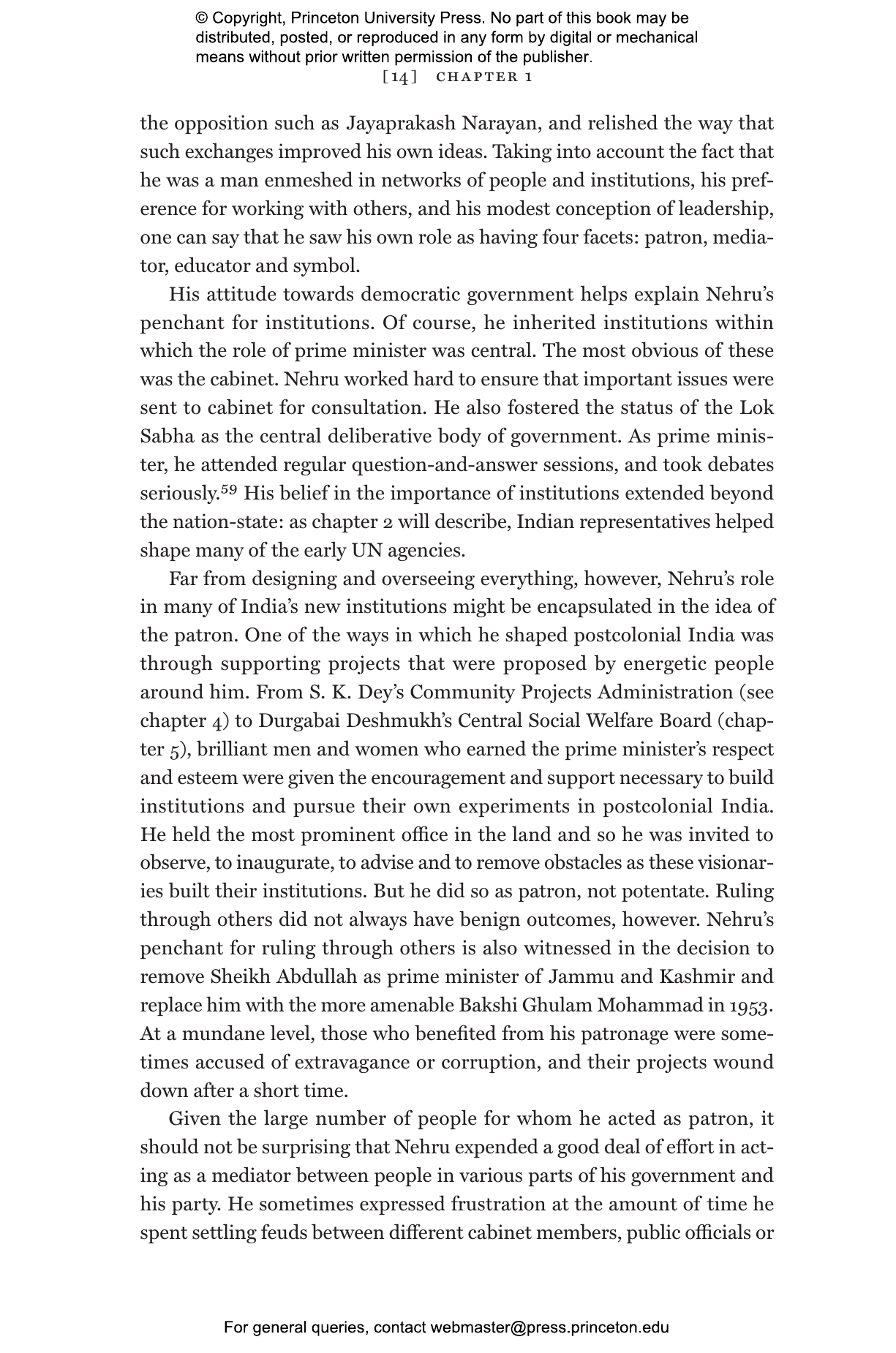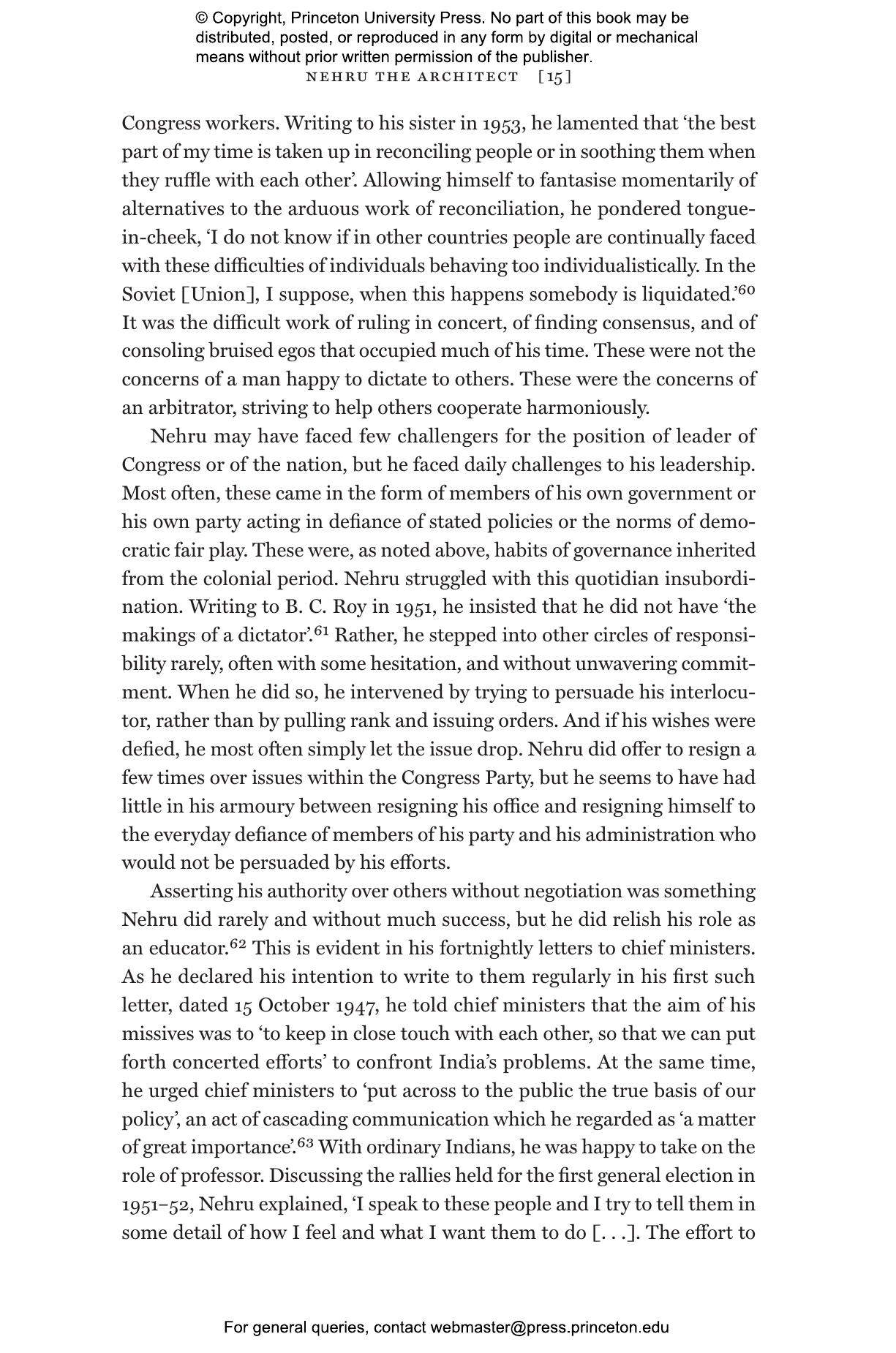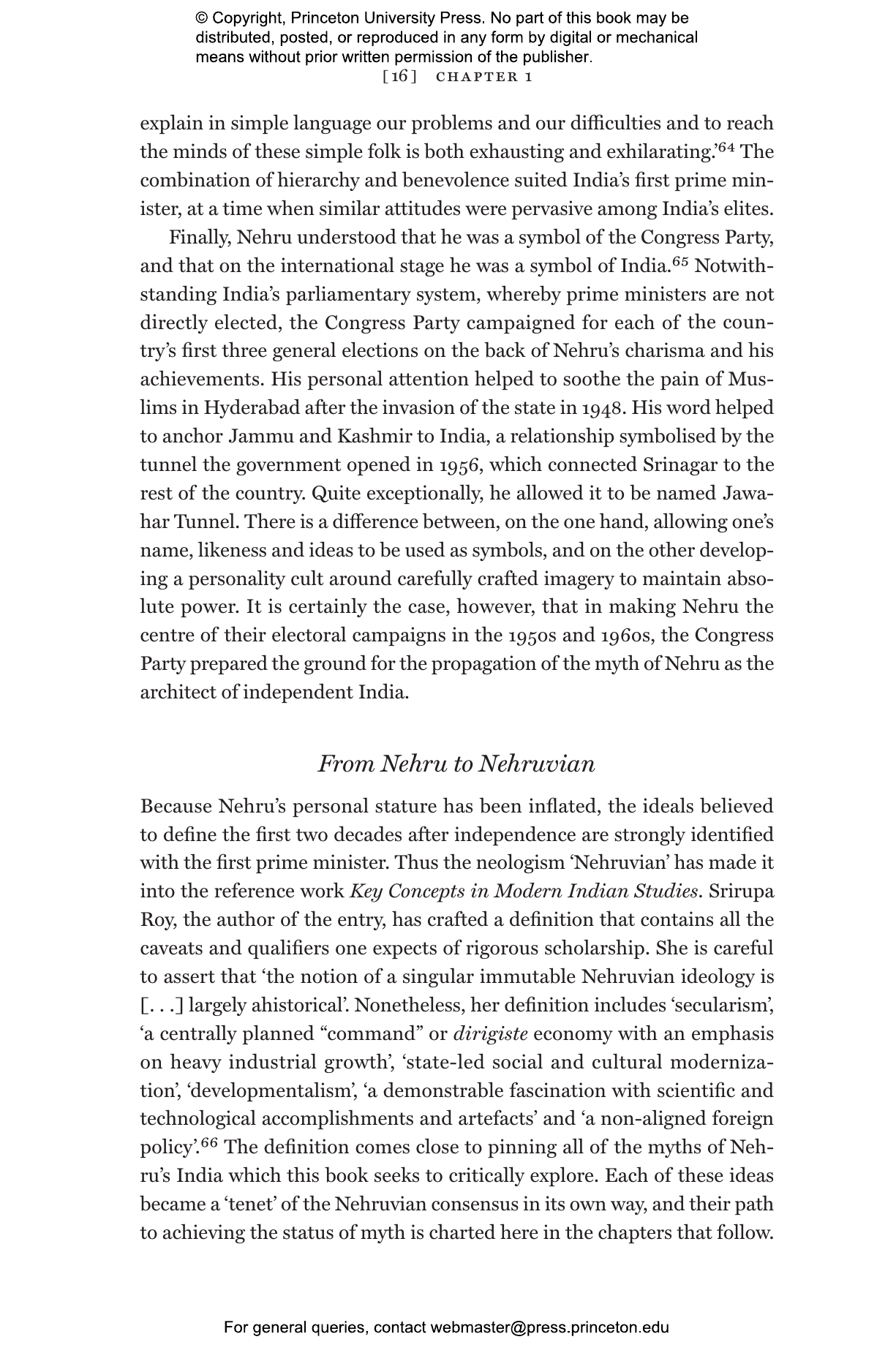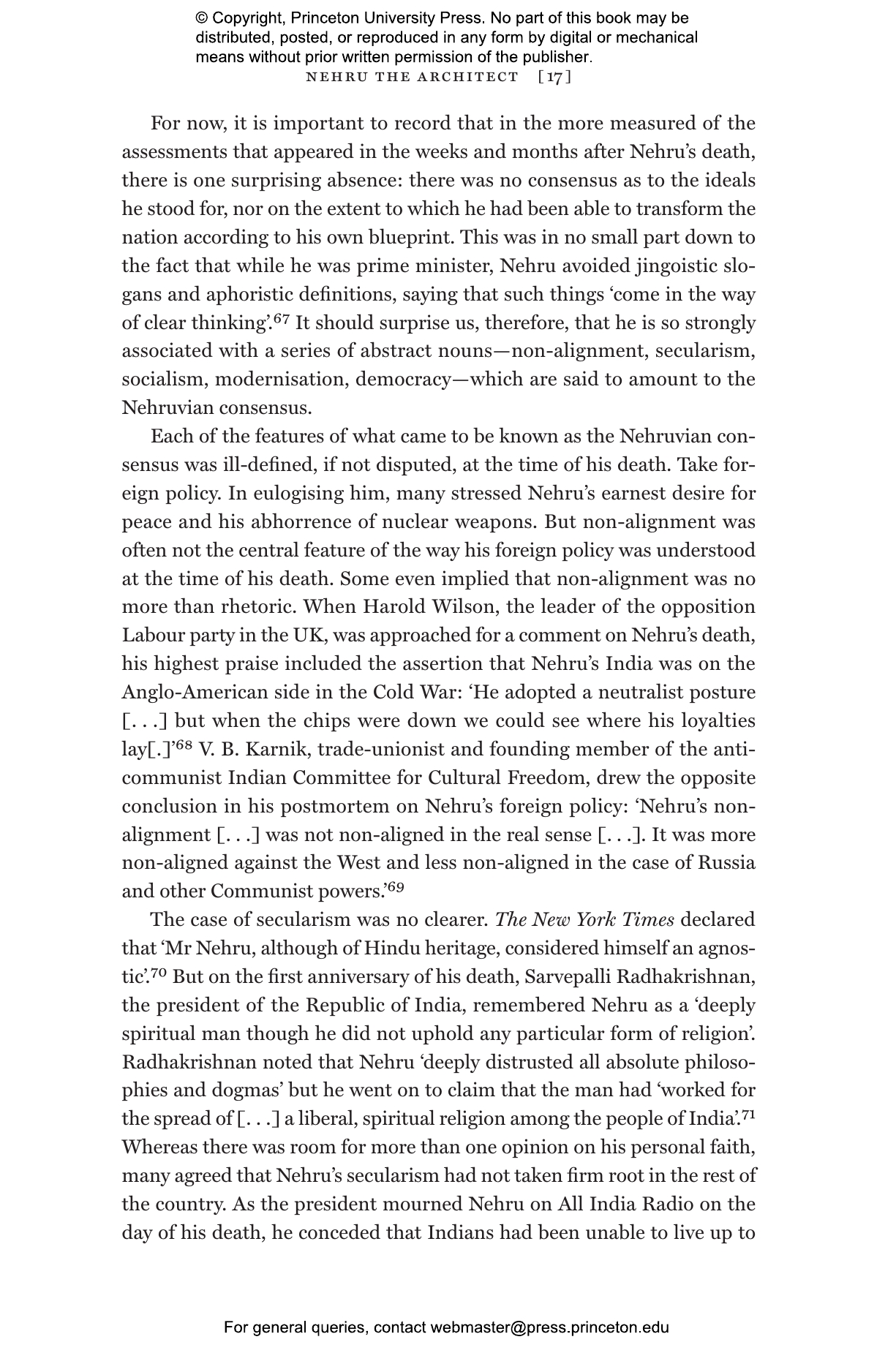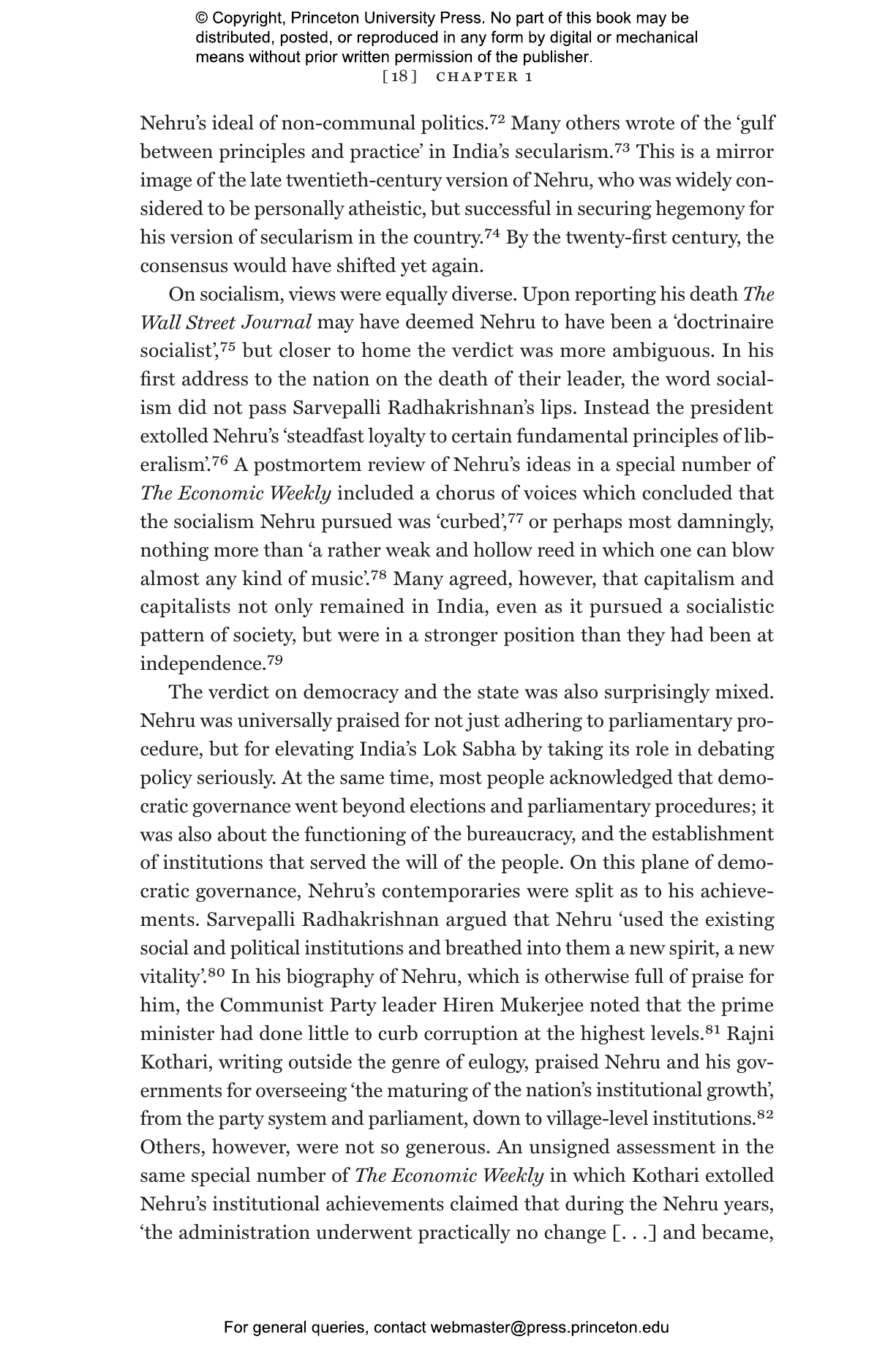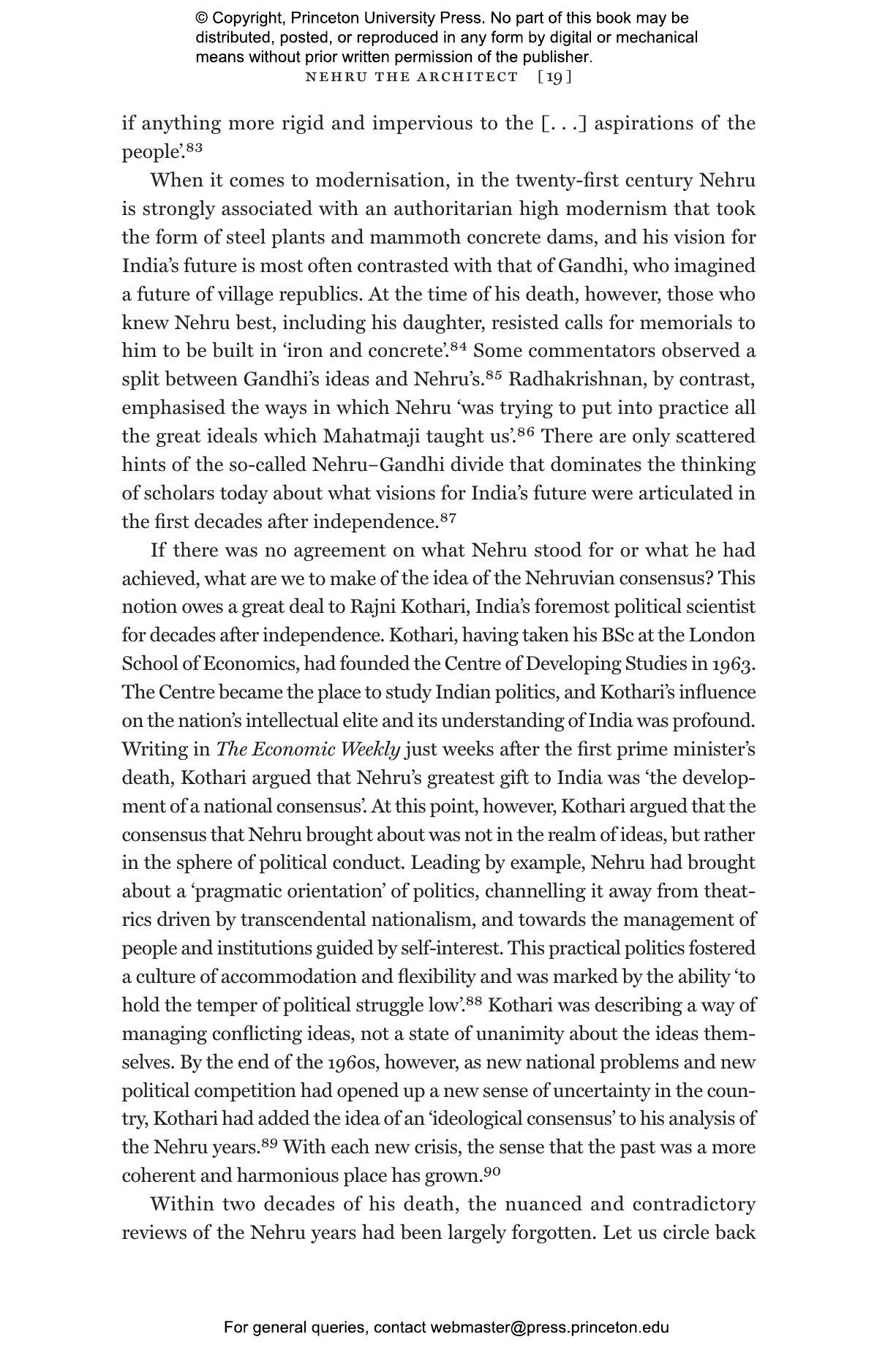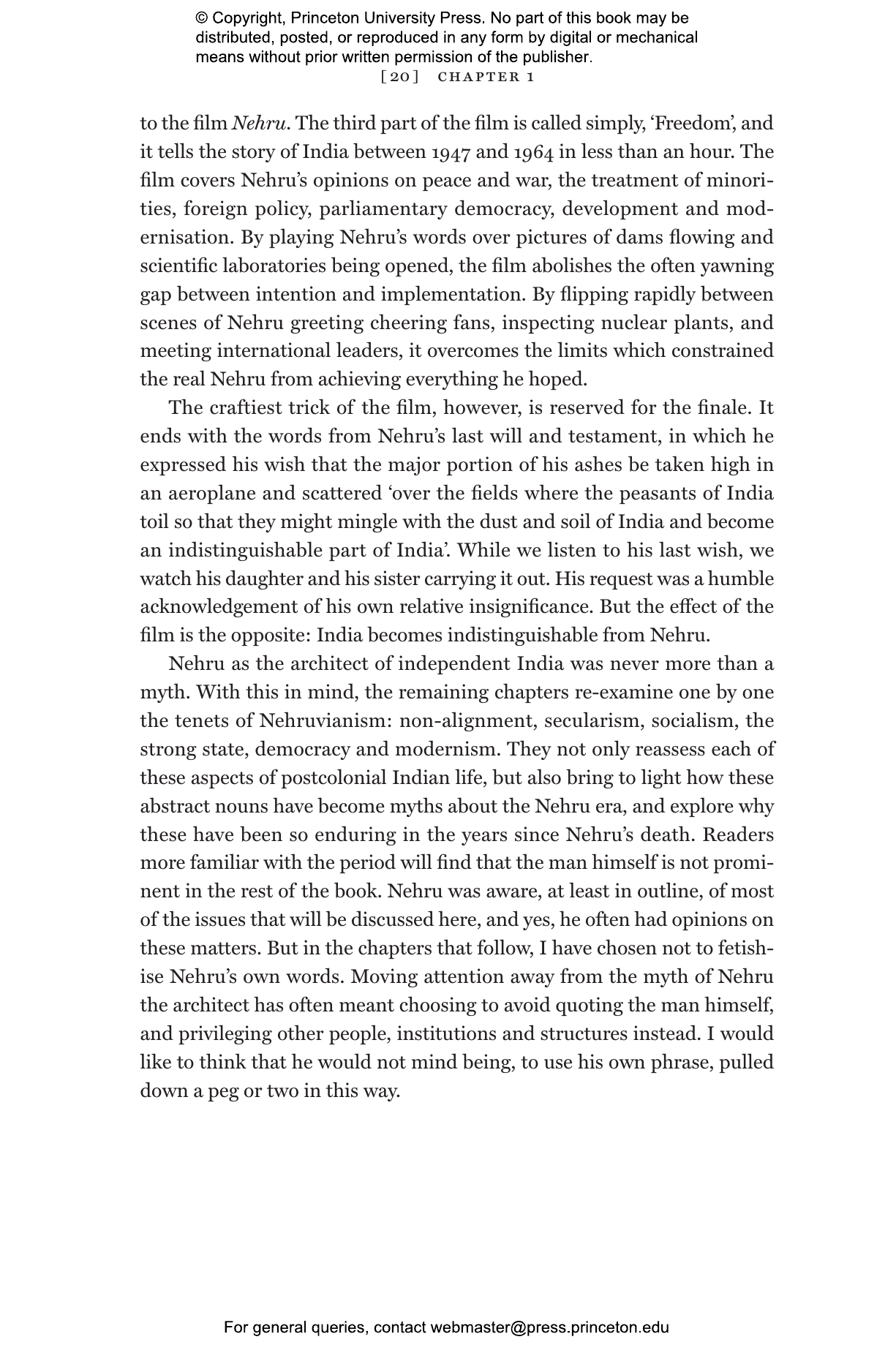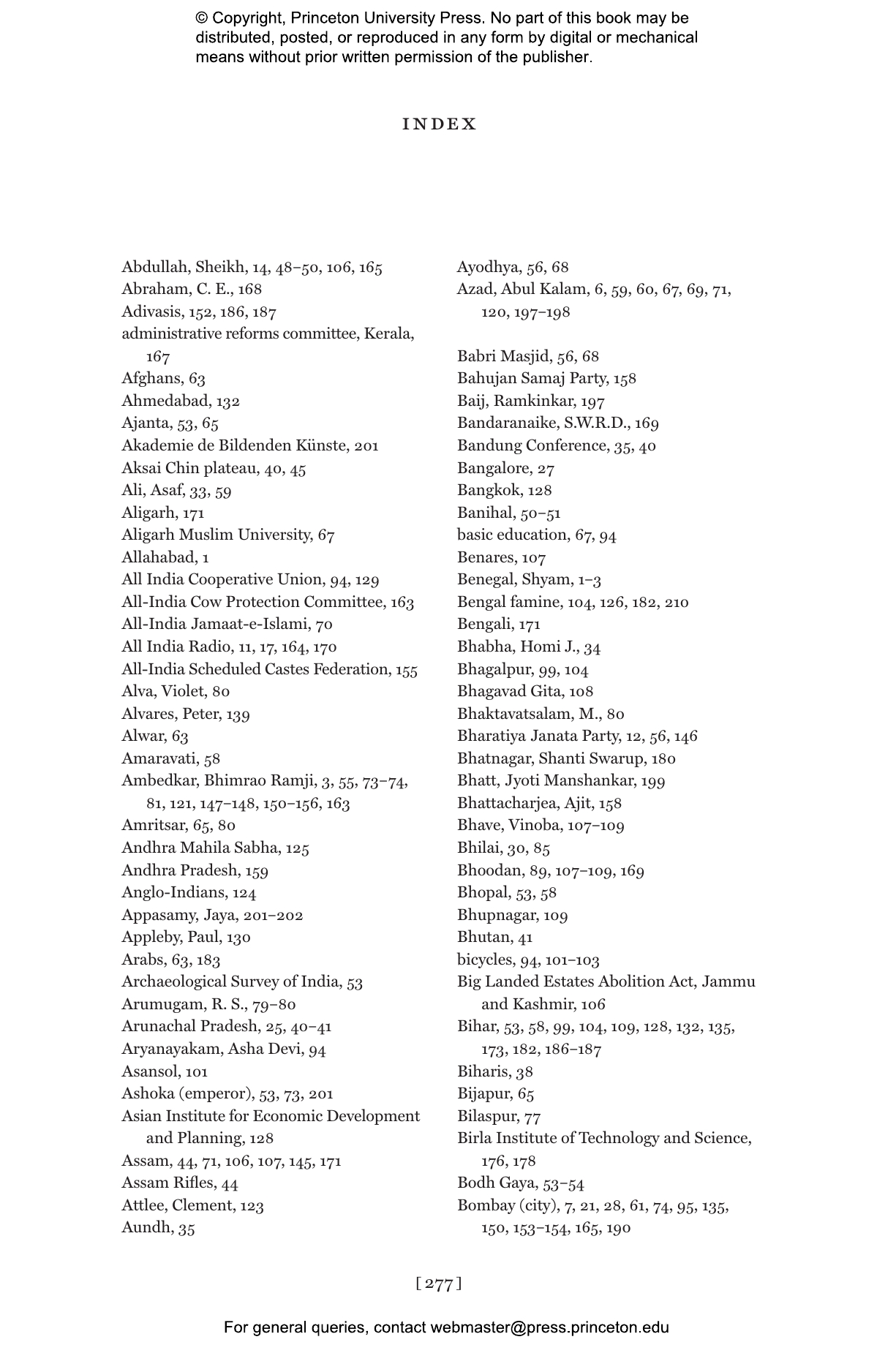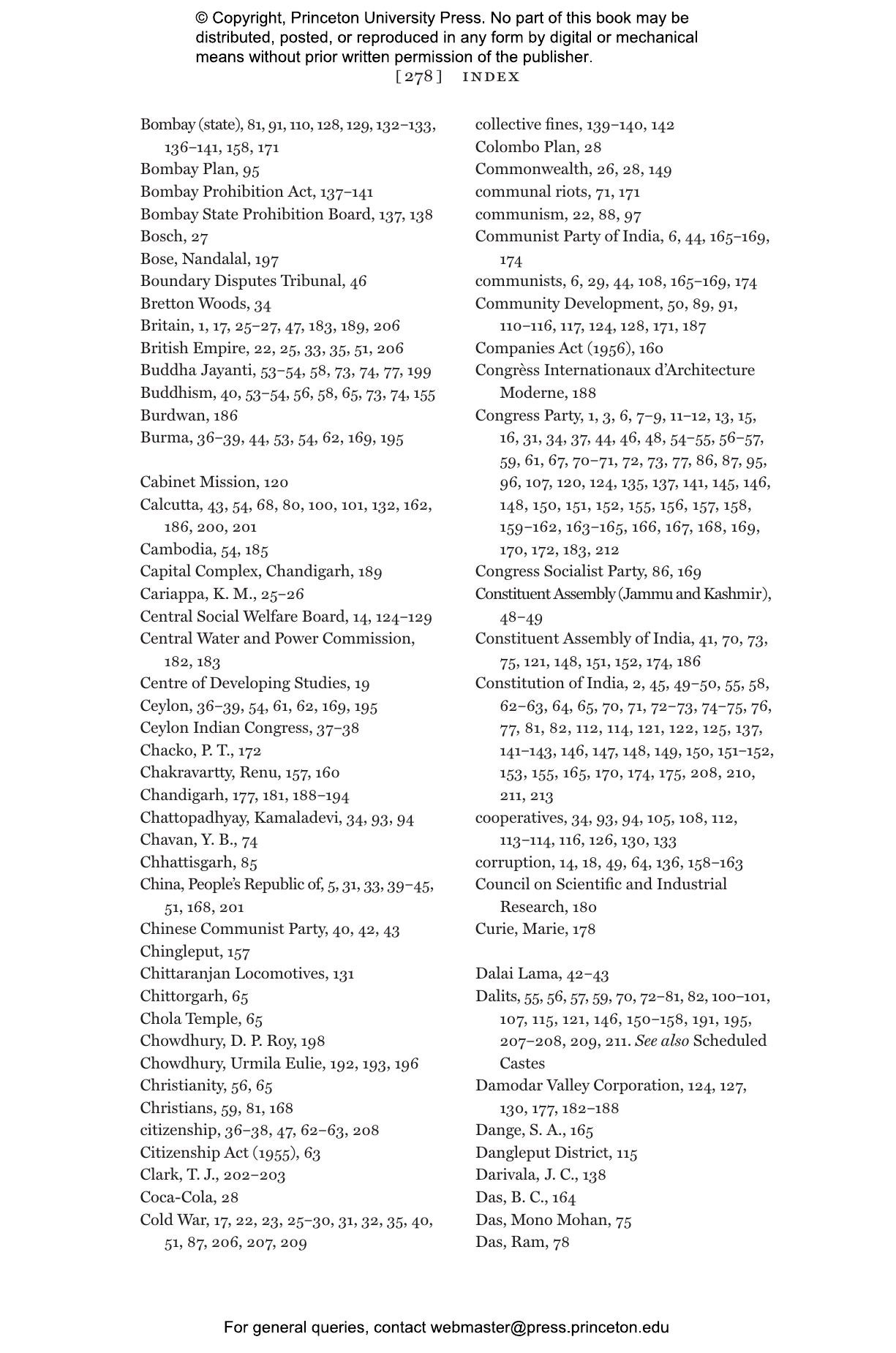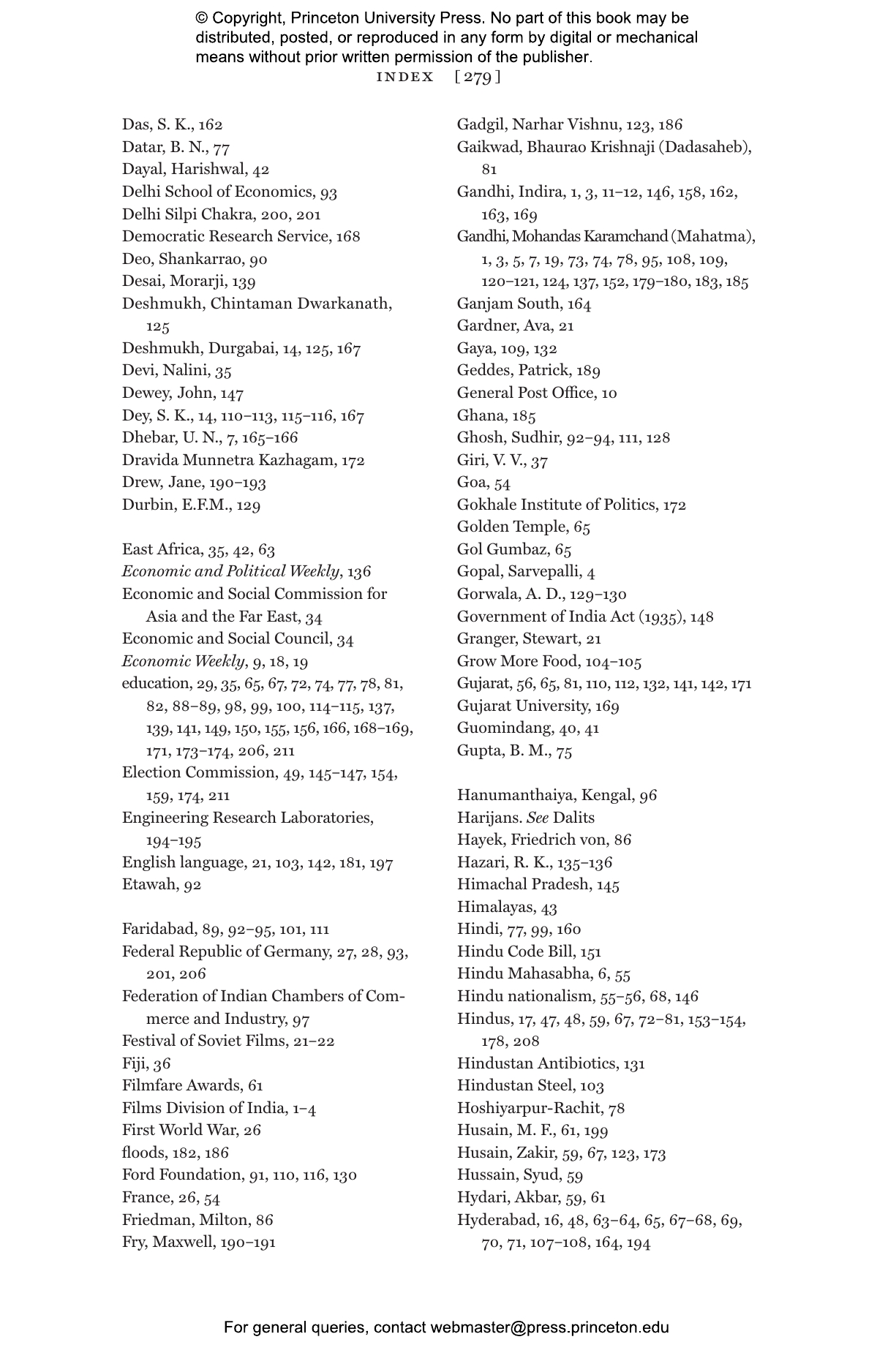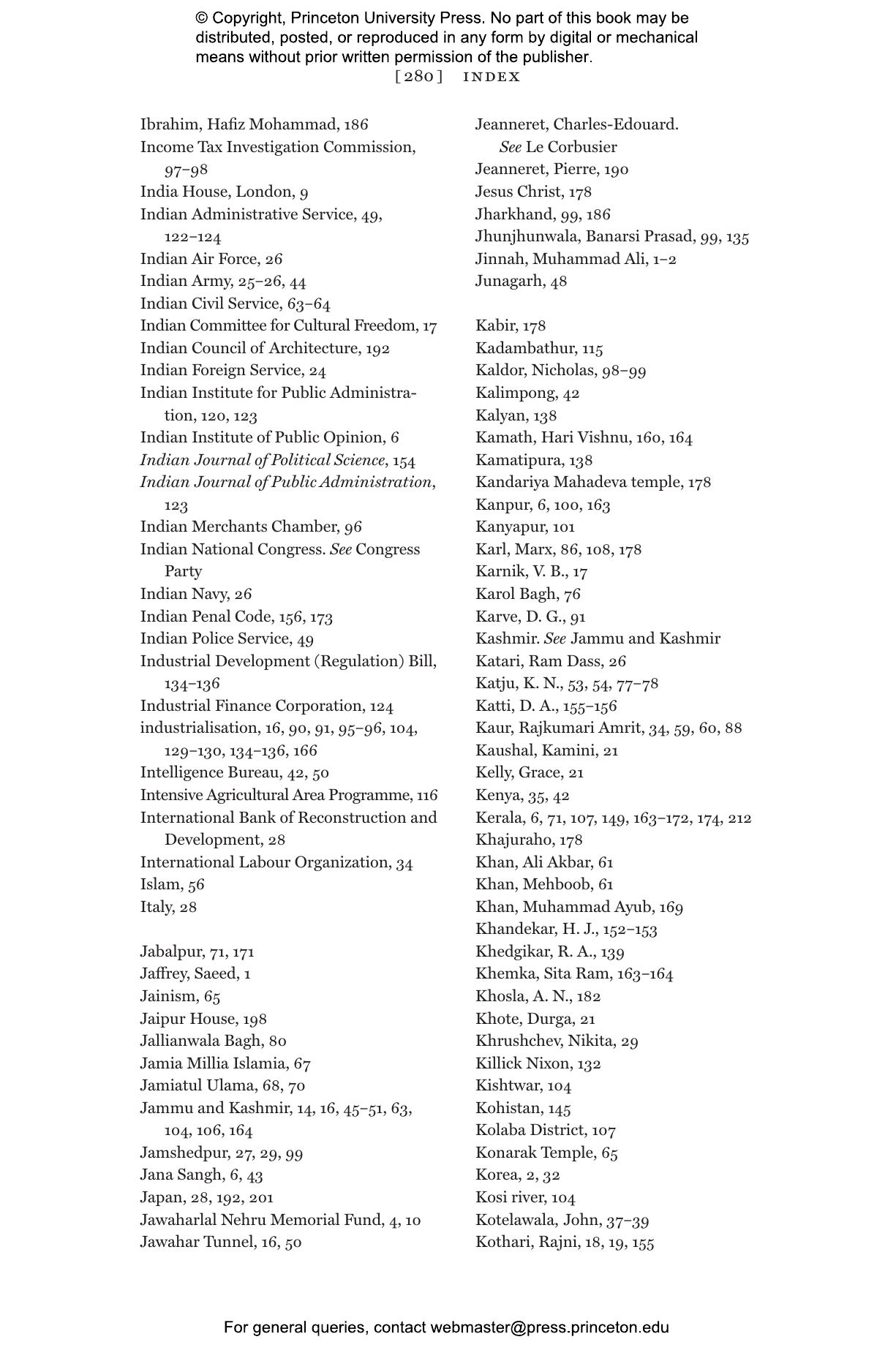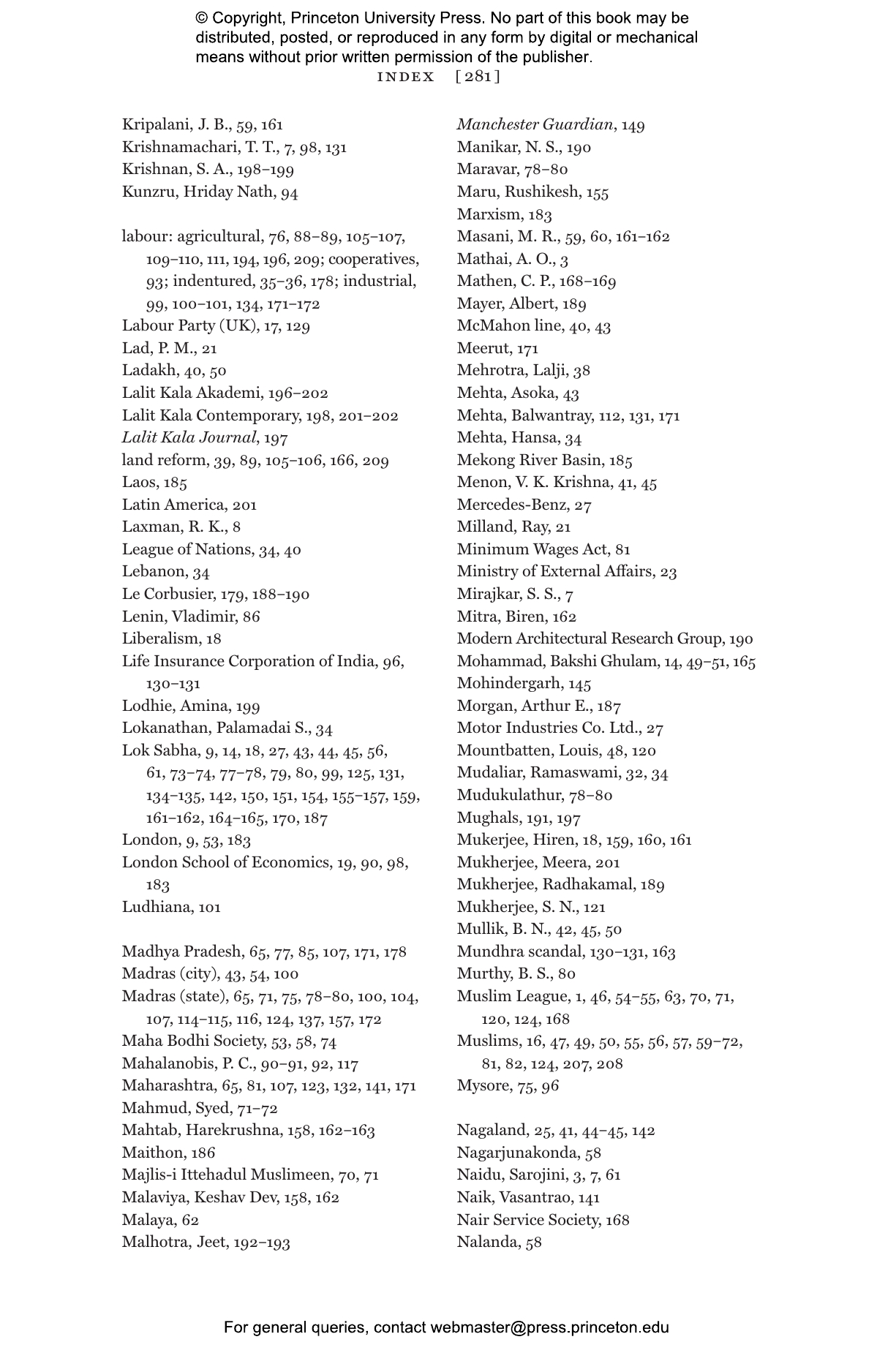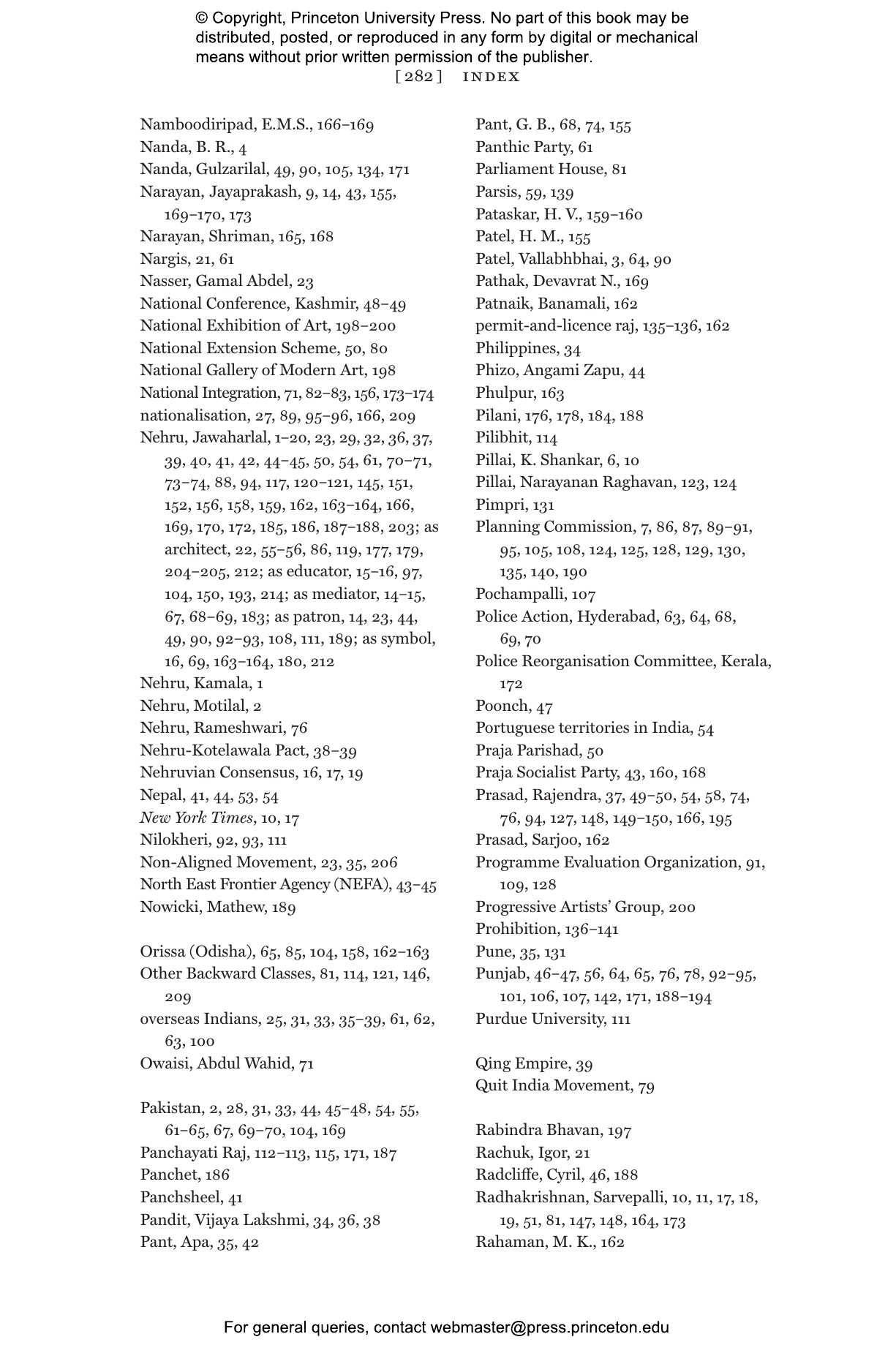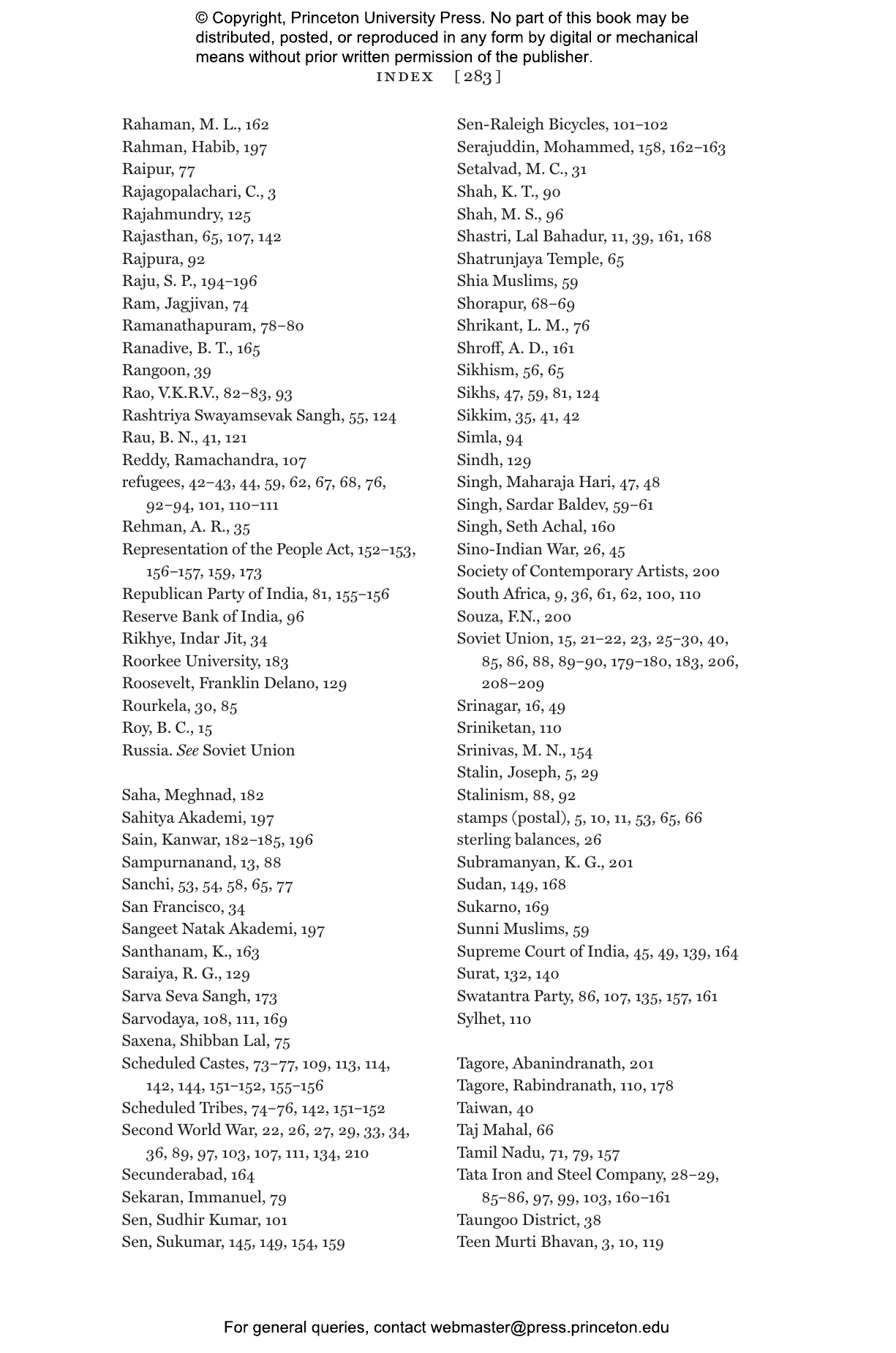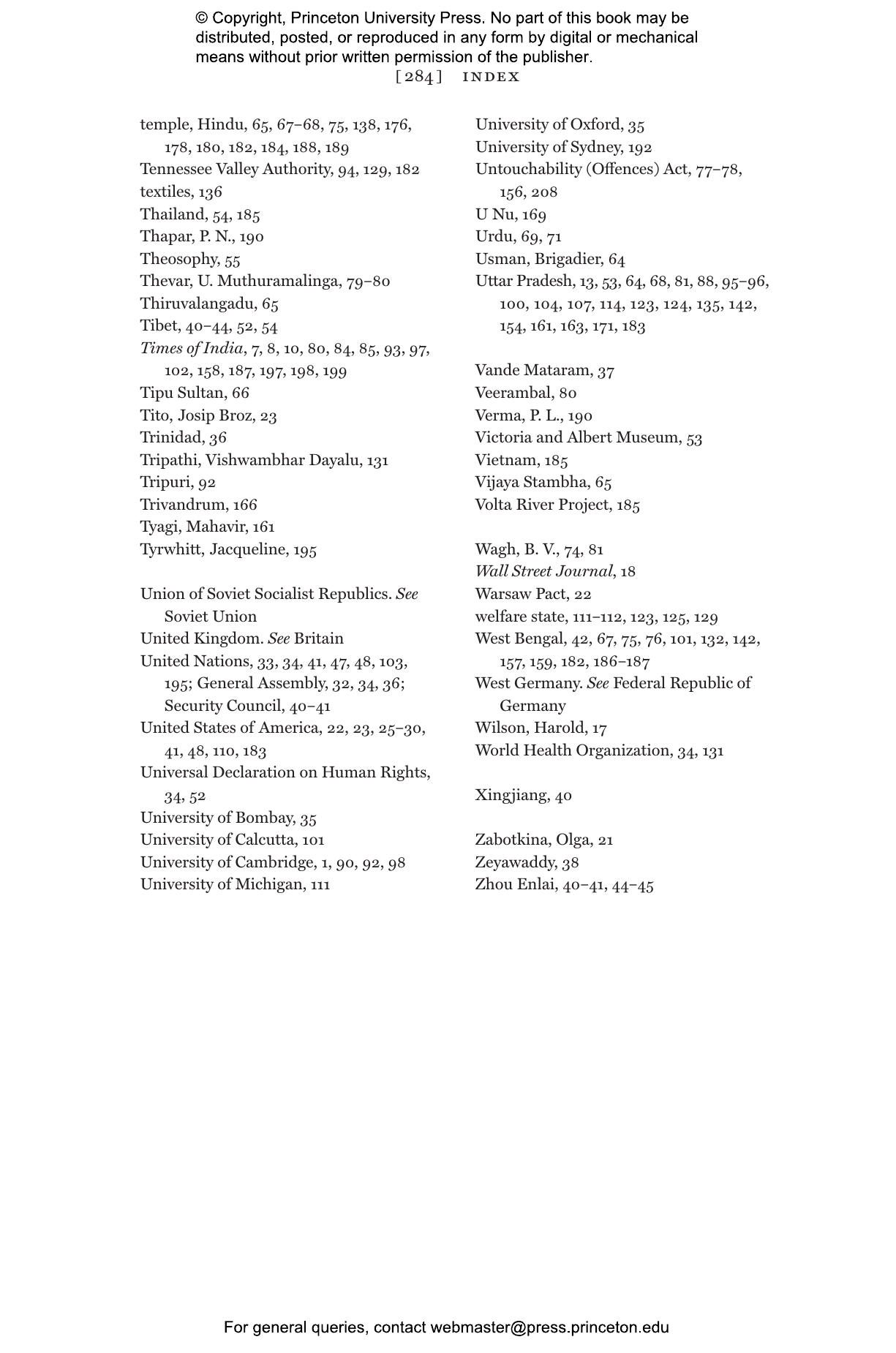Nehru’s India brings a provocative but nuanced set of new interpretations to the history of early independent India. Drawing from her extensive research over the past two decades, Taylor Sherman reevaluates the role of Jawaharlal Nehru, India’s first prime minister, in shaping the nation. She argues that the notion of Nehru as the architect of independent India, as well as the ideas, policies, and institutions most strongly associated with his premiership—nonalignment, secularism, socialism, democracy, the strong state, and high modernism—have lost their explanatory power. They have become myths.
Sherman examines seminal projects from the time and also introduces readers to little-known personalities and fresh case studies, including India’s continued engagement with overseas Indians, the importance of Buddhism in secular India, the transformations in industry and social life brought about by bicycles, a riotous and ultimately doomed attempt to prohibit the consumption of alcohol in Bombay, the early history of election campaign finance, and the first state-sponsored art exhibitions. The author also shines a light on underappreciated individuals, such as Apa Pant, the charismatic diplomat who influenced foreign policy from Kenya to Tibet, and Urmila Eulie Chowdhury, the rebellious architect who helped oversee the building of Chandigarh.
Tracing and critiquing developments in this formative period in Indian history, Nehru’s India offers a fresh and definitive exploration of the nation’s early postcolonial era.
Awards and Recognition
- Longlisted for the Kamaladevi Chattopadhyay Book Prize, New India Foundation
Taylor C. Sherman is professor of South Asian history in the School of Humanities & Languages at the University of New South Wales, Sydney. Her books include Muslim Belonging in Secular India and State Violence and Punishment in India.
"Nehru’s India is a revisionist tour de force that shatters Nehruvian mythology. The framing device, 'a history in seven myths,' is an elegant contrivance: Sherman offers seven compressed surveys that controvert the catchphrases of the era. Its brevity conceals an ambitious book."—Pratinav Anil, Times Literary Supplement
"Sherman has the natural flair of a storyteller. . . . A timely reappraisal of the early years of the state of India at a moment when Nehru’s legacy is being fought over."—Kavita Puri, The Spectator
"Refreshing. . . . This book makes a profound intervention by re-evaluating Nehru’s allegedly contentious legacies, and his role as Prime Minister."—Shaikh Mujibur Rehman, Hindustan Times
"As a scholar working on this very timeline, the book changed the ways I perceive Nehru’s India. Sherman’s premise of a history in seven myths serves as an unconventional guide for postcolonial scholars on how to circumvent the limitations of tracing a history when the leader under examination is the only available source in most cases. Nehru’s India demonstrates how to do this through alternative characterisations of the era."—Poorvi Gaur, LSE Review of Books
"This book is both valuable and timely as it gives us the knowledge and the feel of Nehruvian India which remind us of what we desperately need in India today. . . . This book should be compulsory reading for those in government today."—Talmiz Ahmad, The Wire
“Nehru’s India is a vital, exciting reassessment of one of the twentieth century’s most compelling figures. Written with great elegance, verve, and a sly sense of humor, this book offers a provocative deconstruction of some of the most pervasive and enduring misconceptions around Indian politics, society, and planning in the early decades of independence. A joy to read, this work promises to stoke great debate.”—Benjamin Siegel, Boston University
“Tightly conceived and deliciously readable, this is a timely intervention into the urgent questions being raised about the direction of India today. With insightful and economical prose, Sherman identifies and deconstructs Nehruvian pillars of the postcolonial period. A masterly engagement with the available evidence, Sherman’s analysis urges us to revisit the Nehruvian era.”—Kama Maclean, University of Heidelberg
